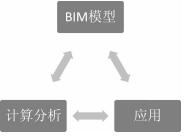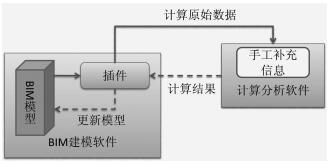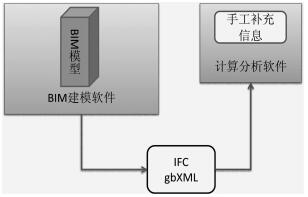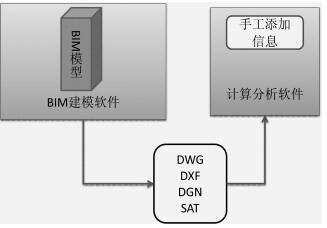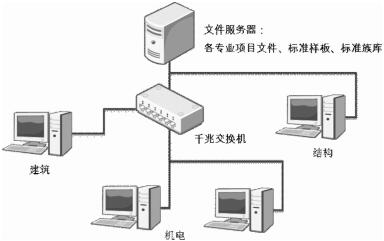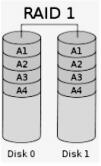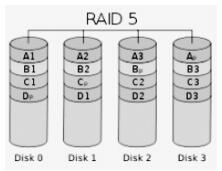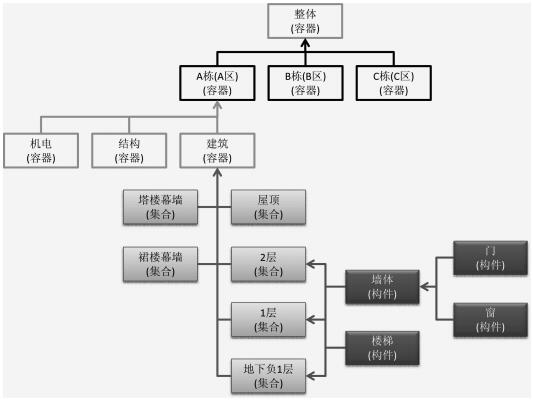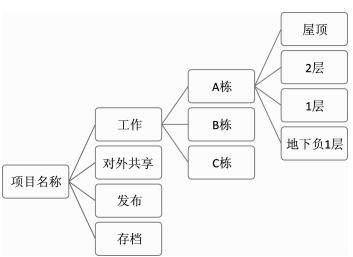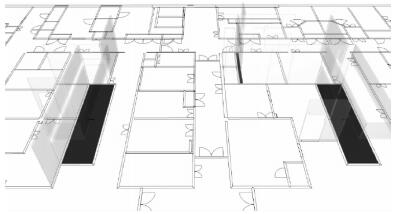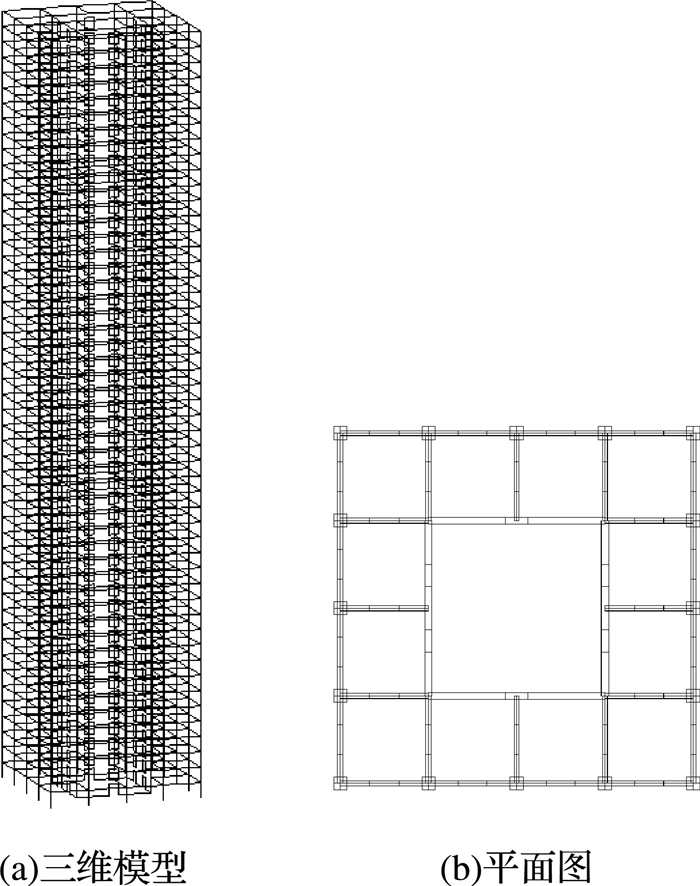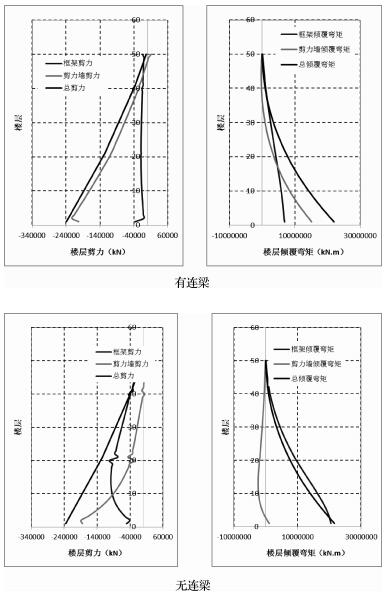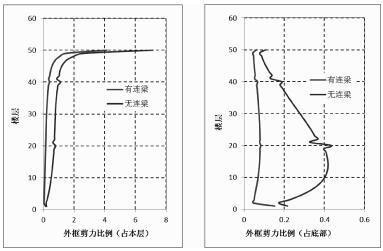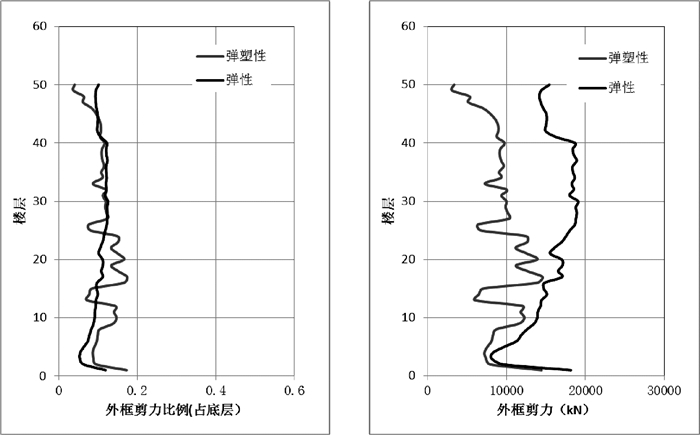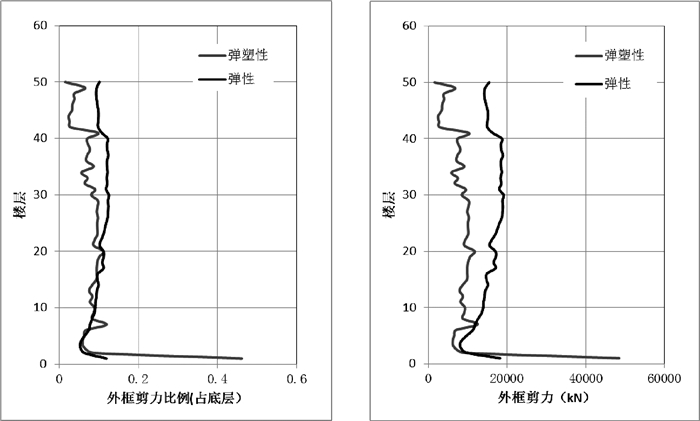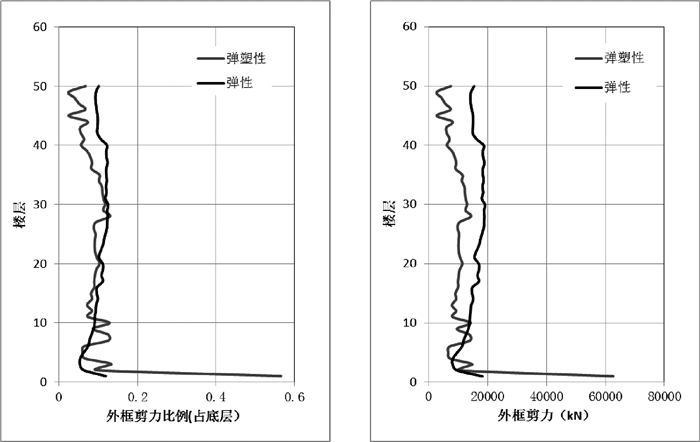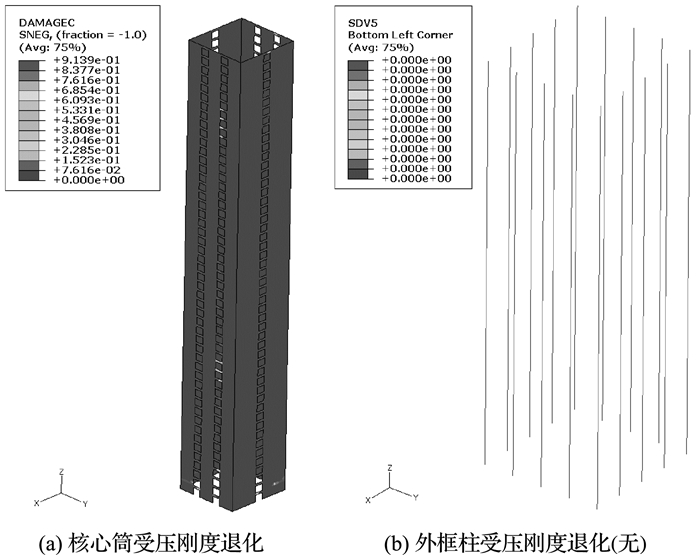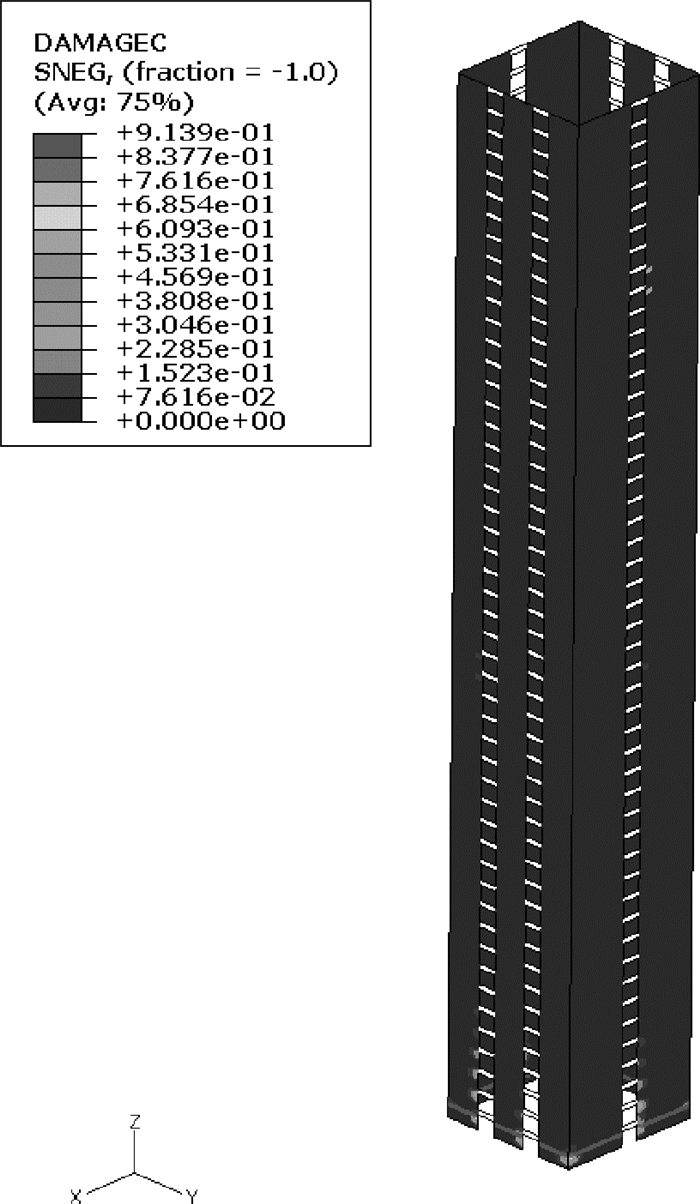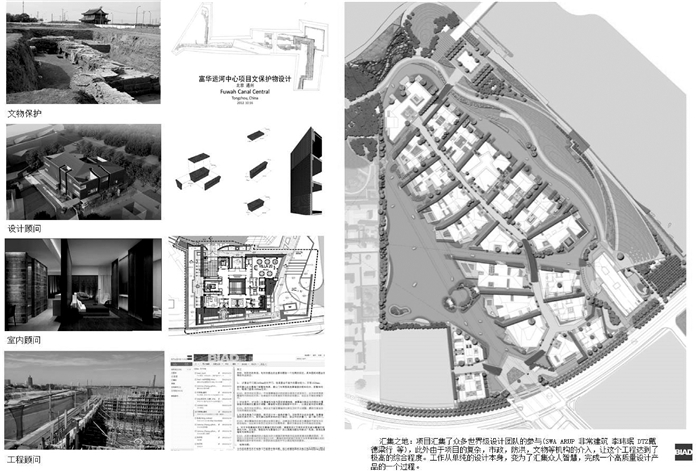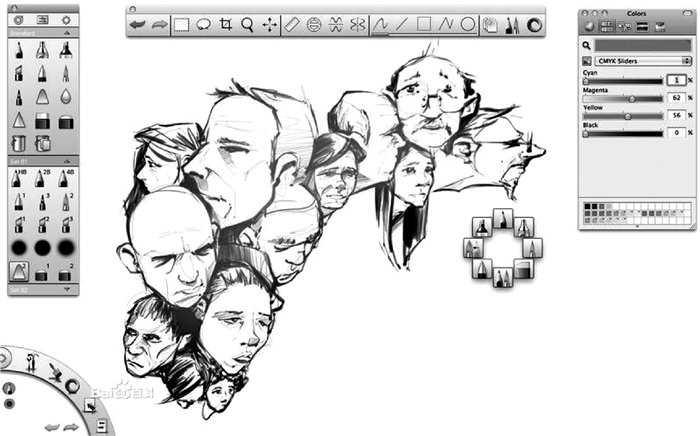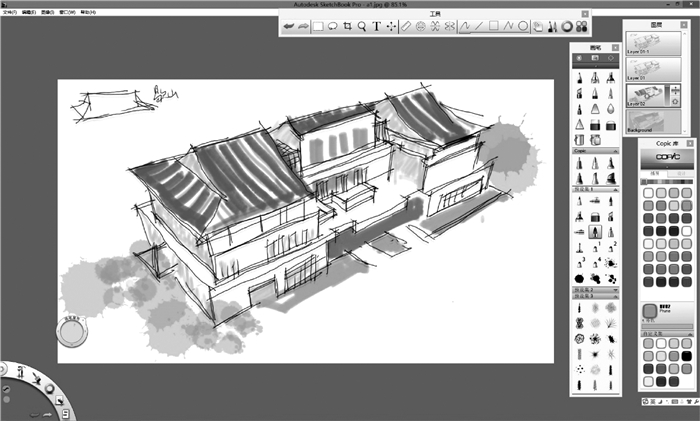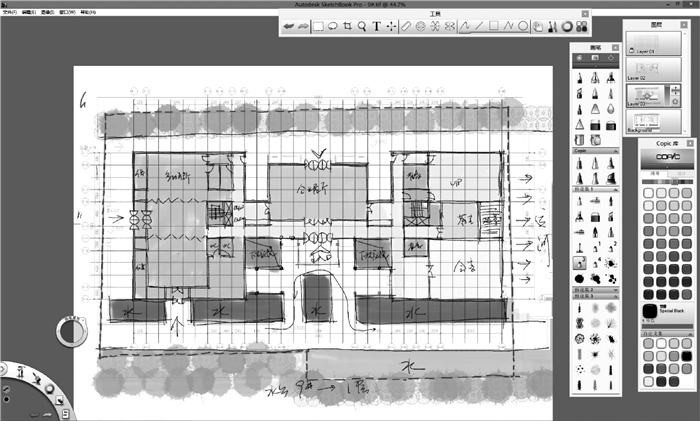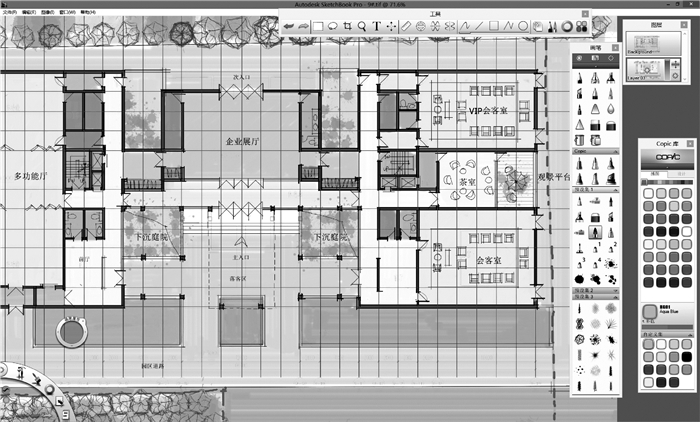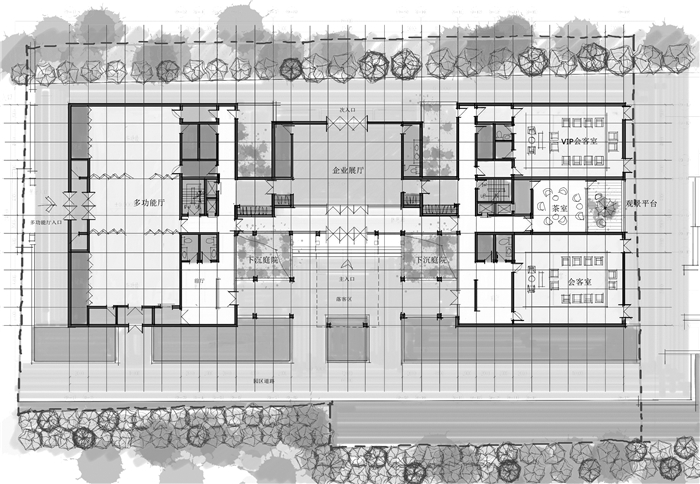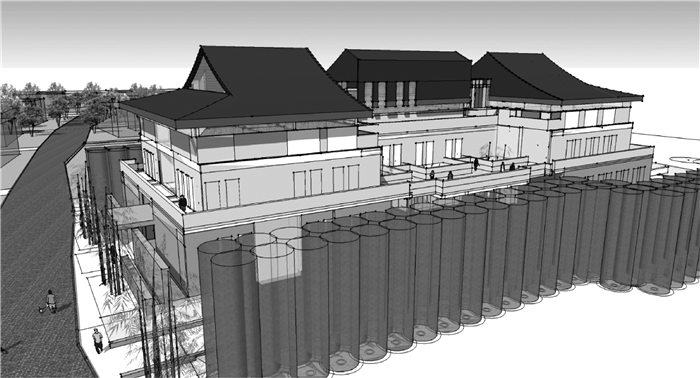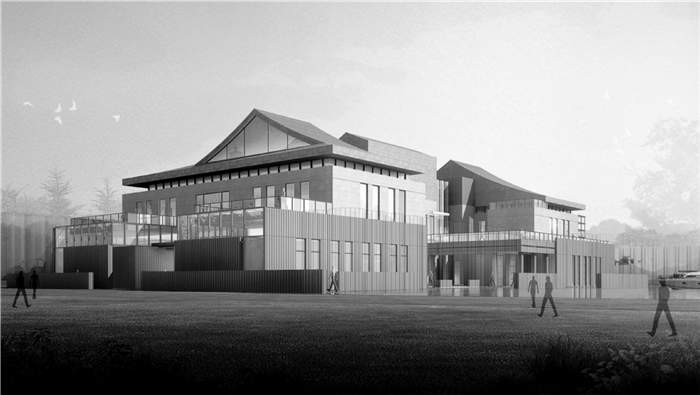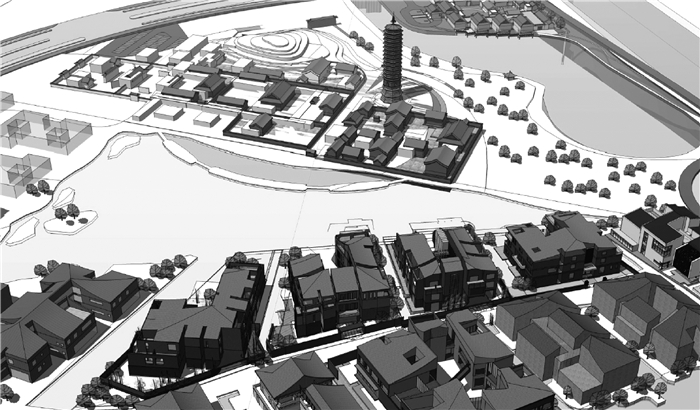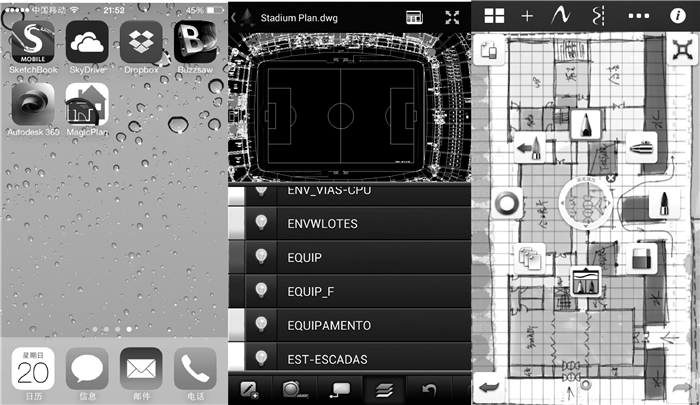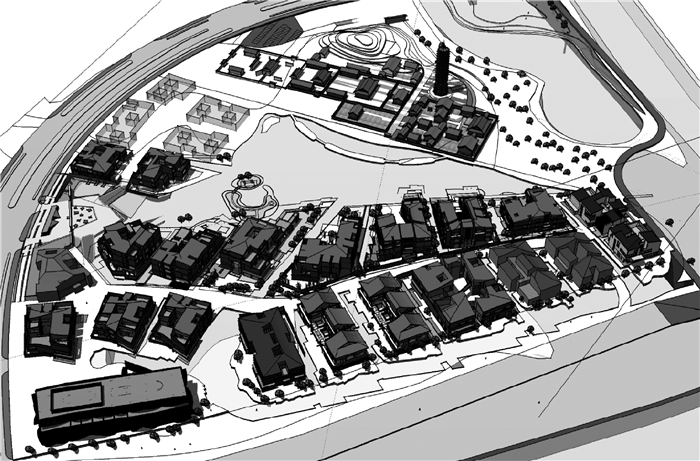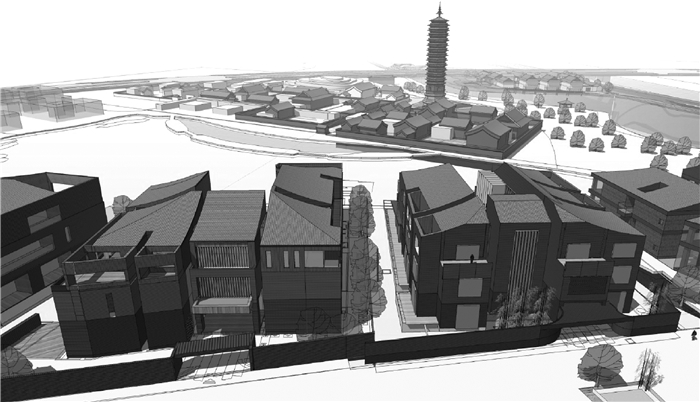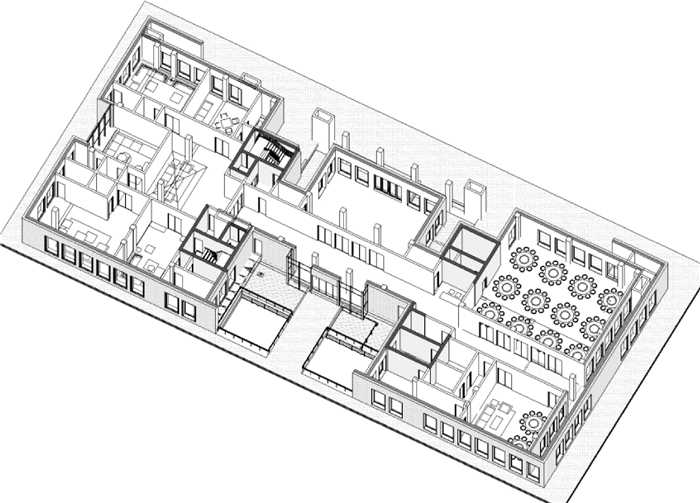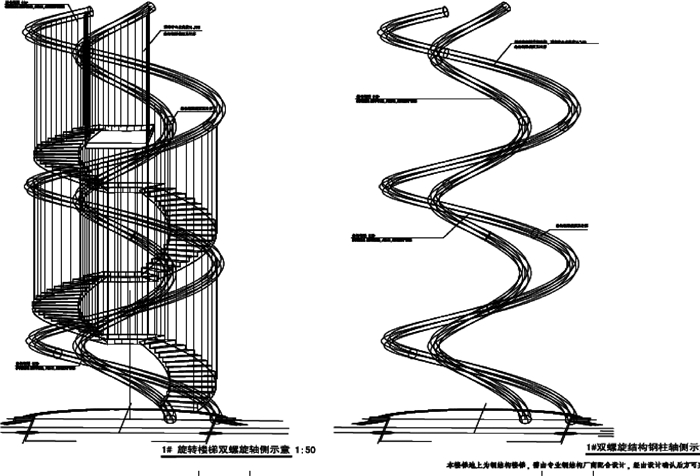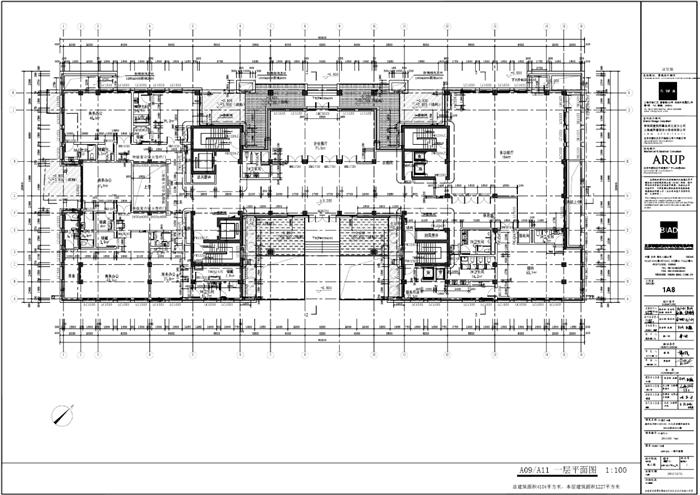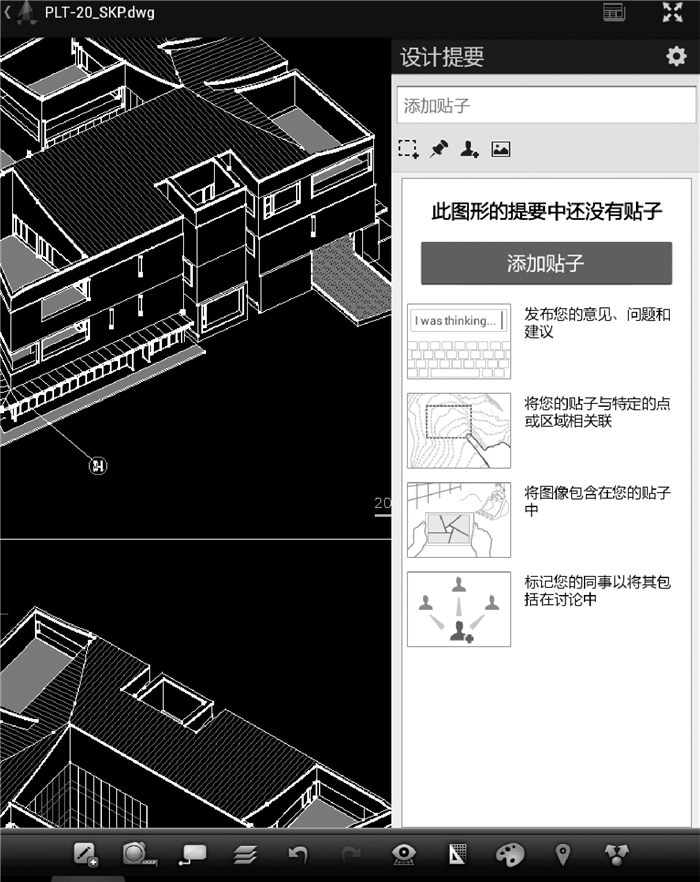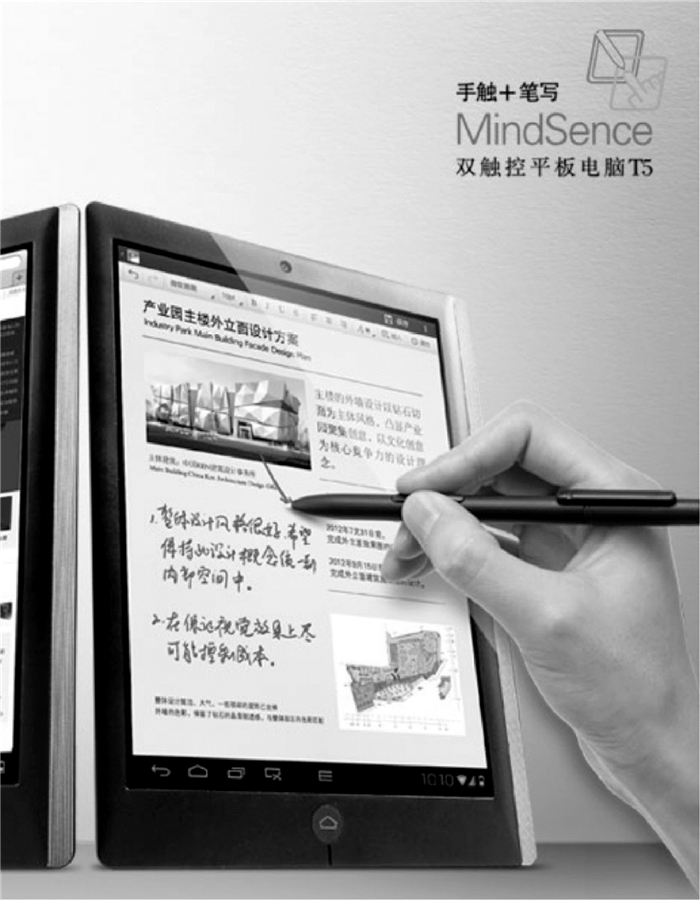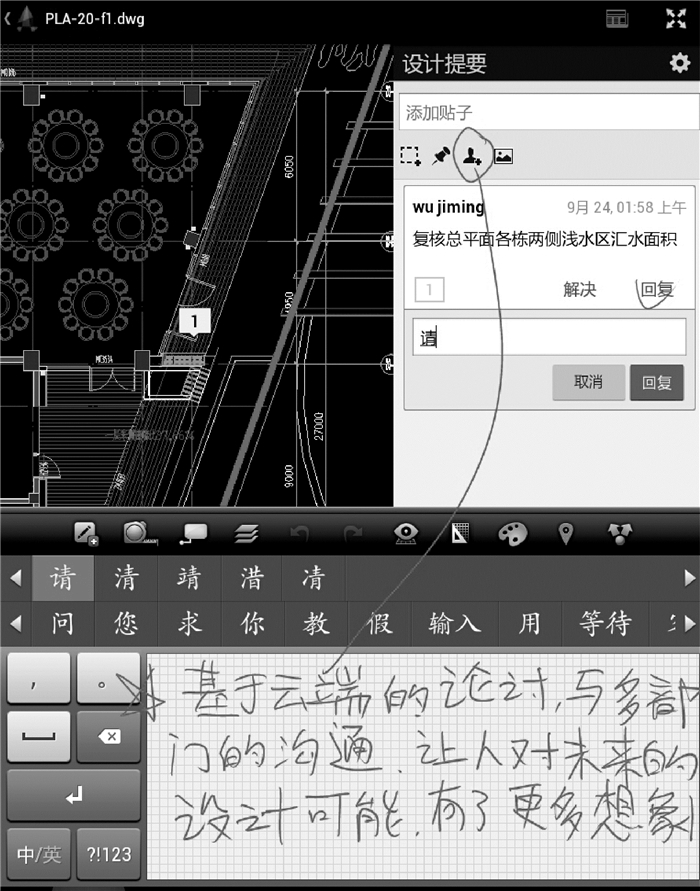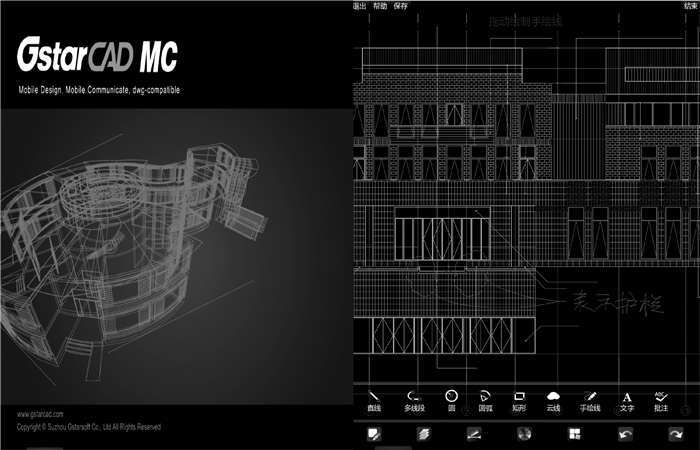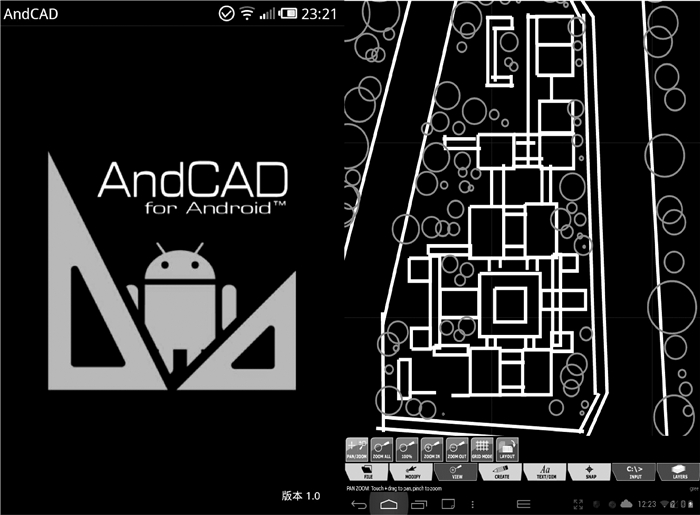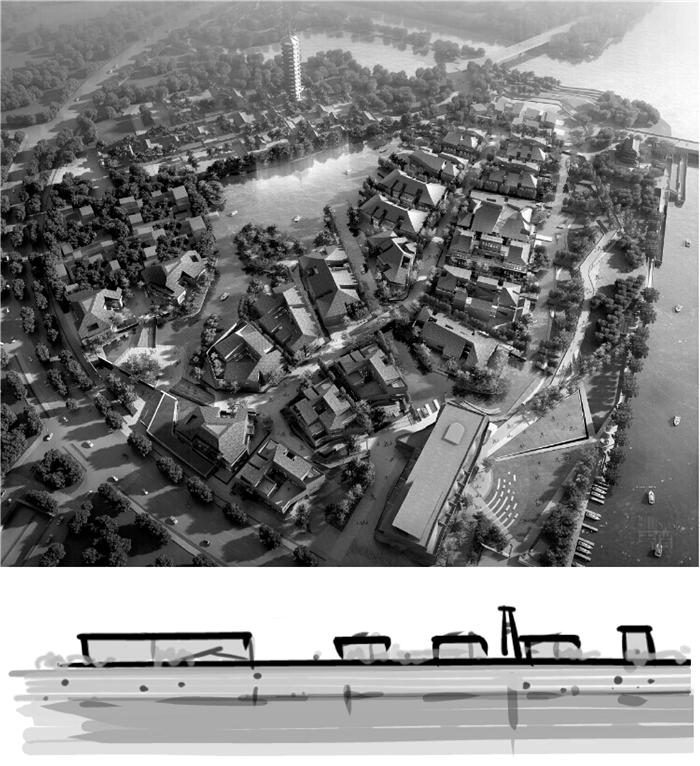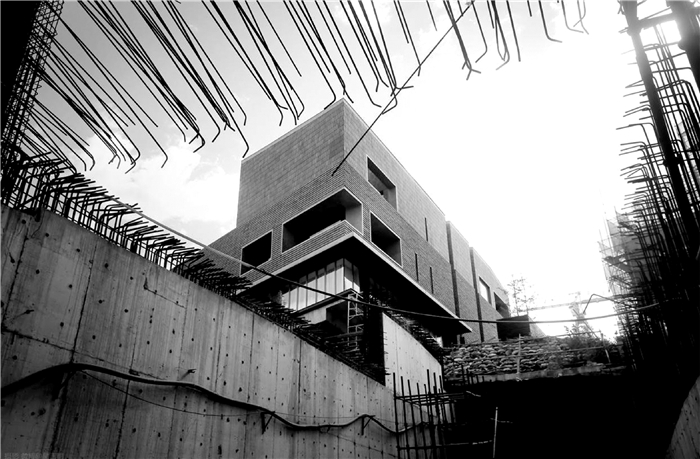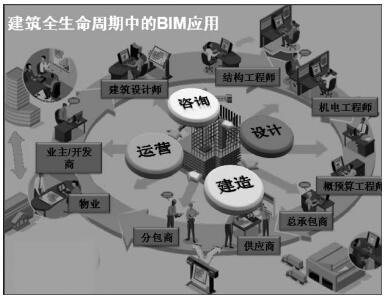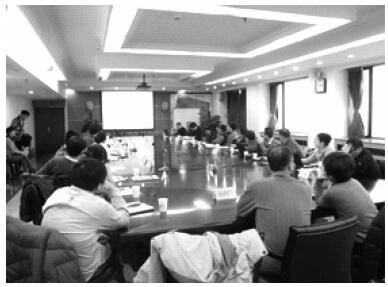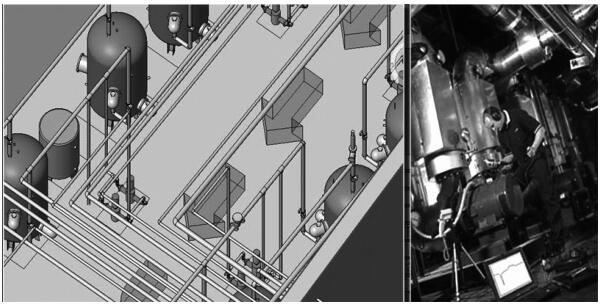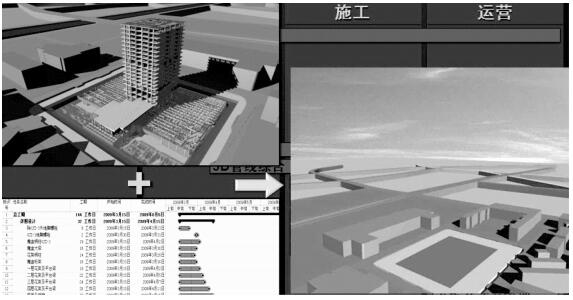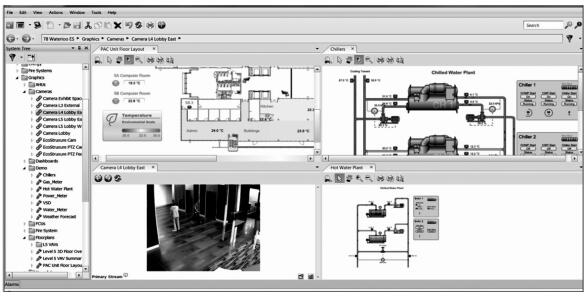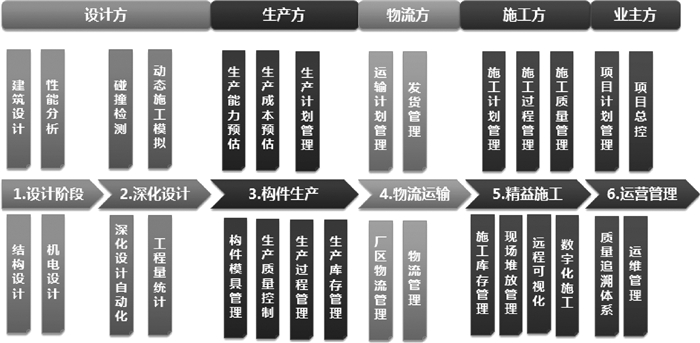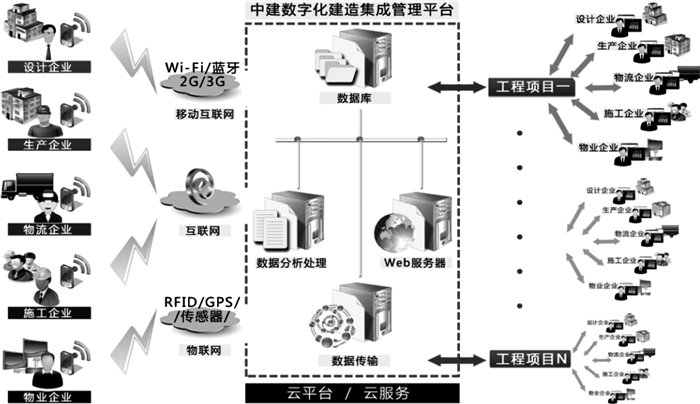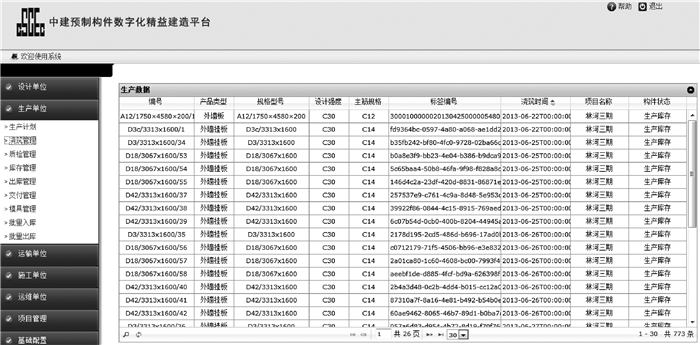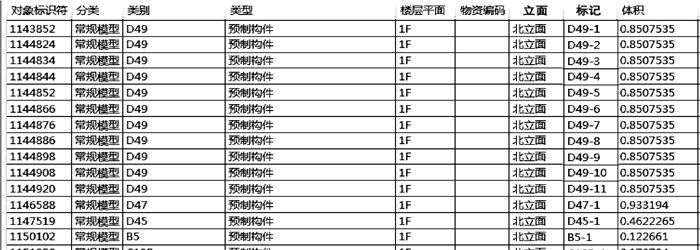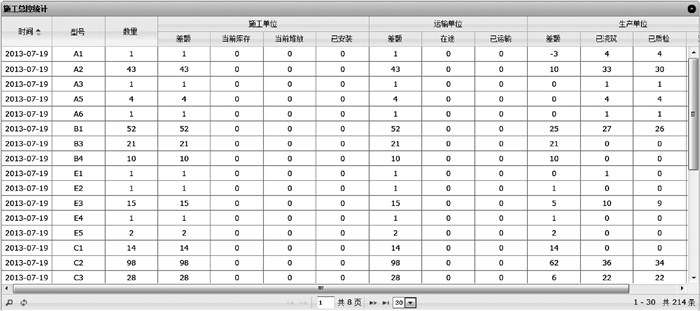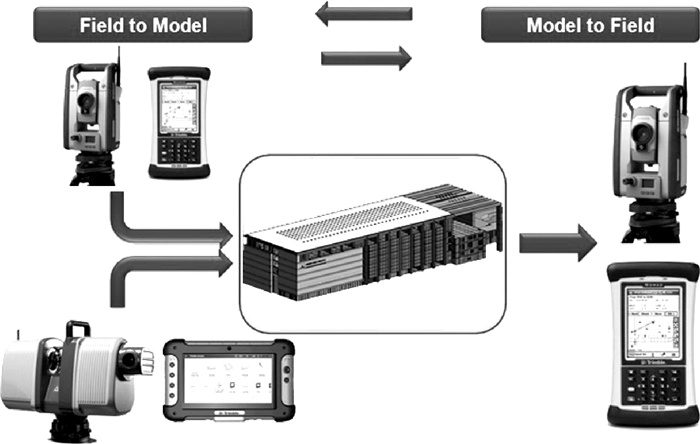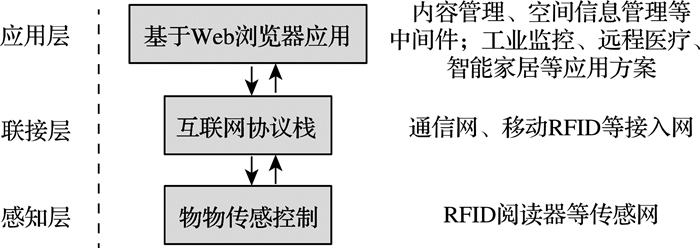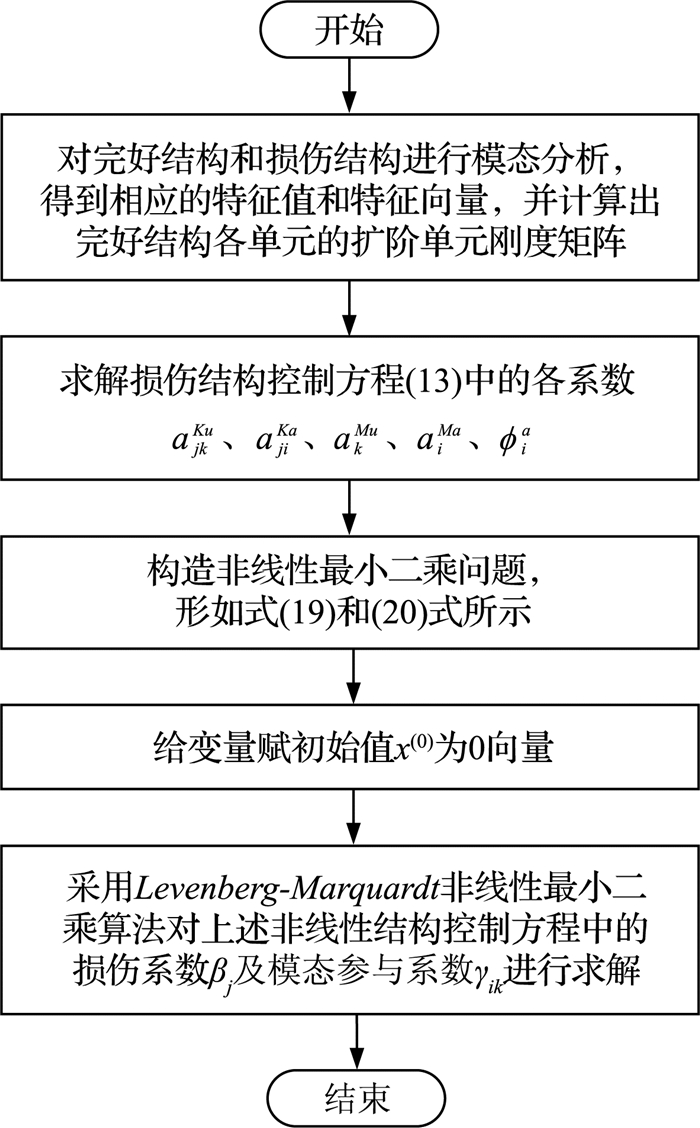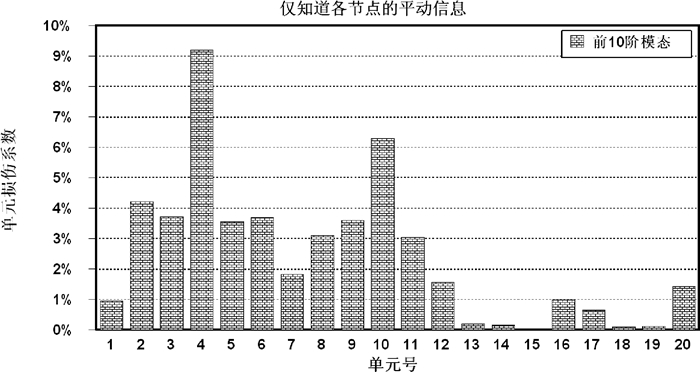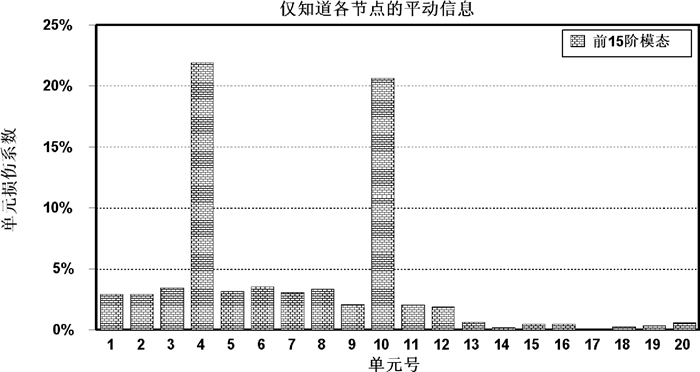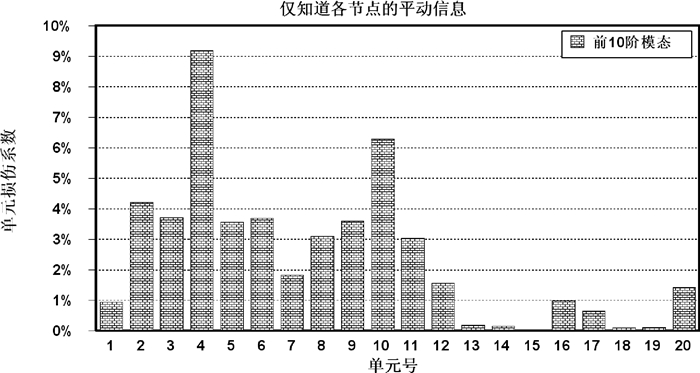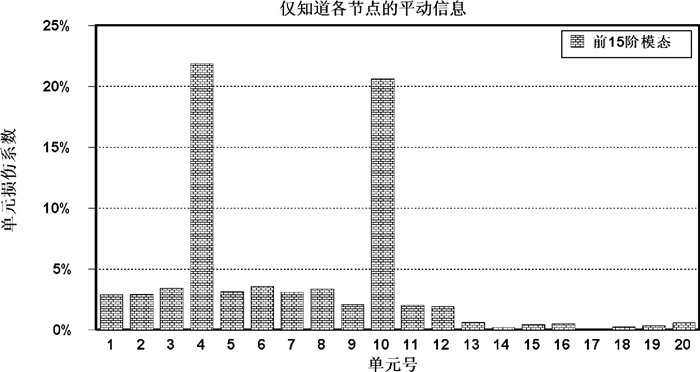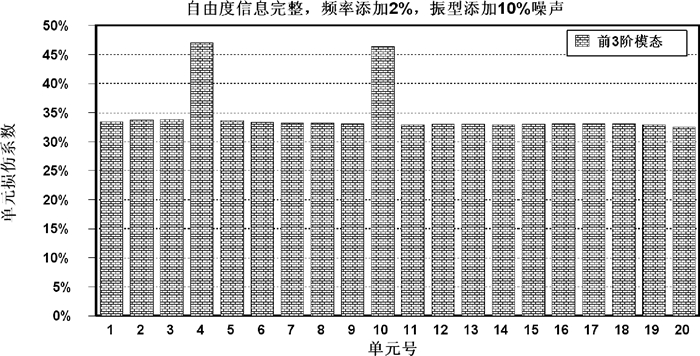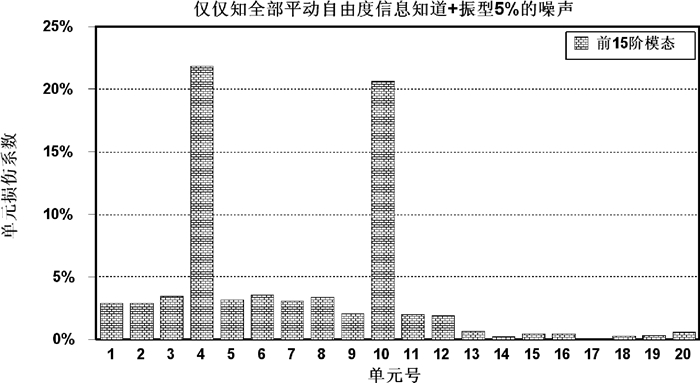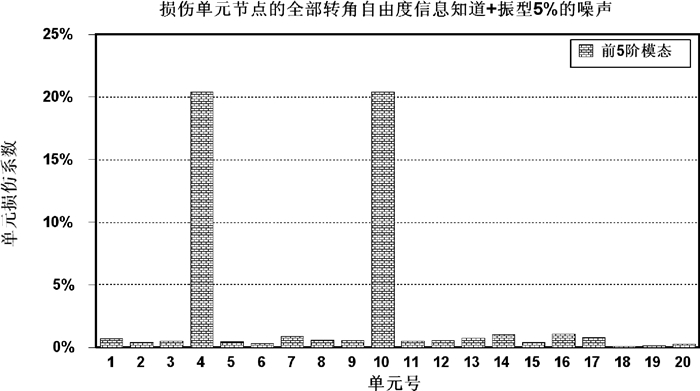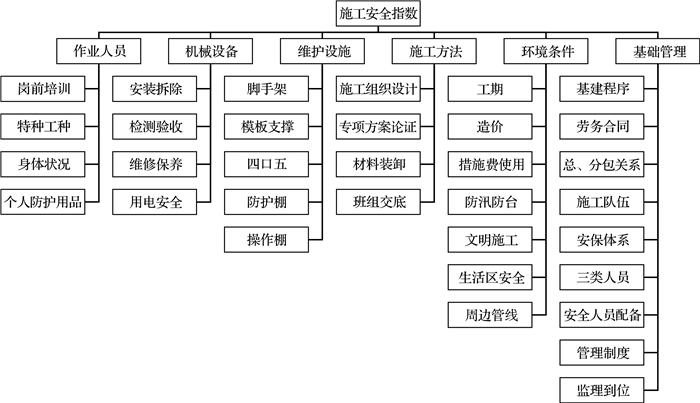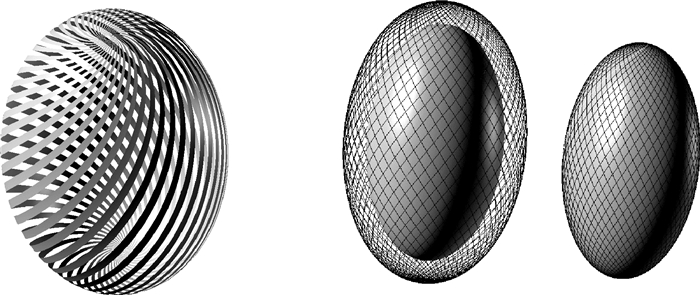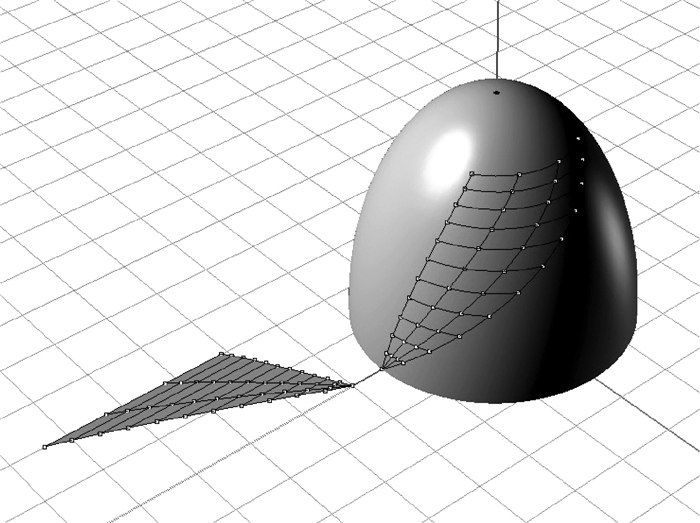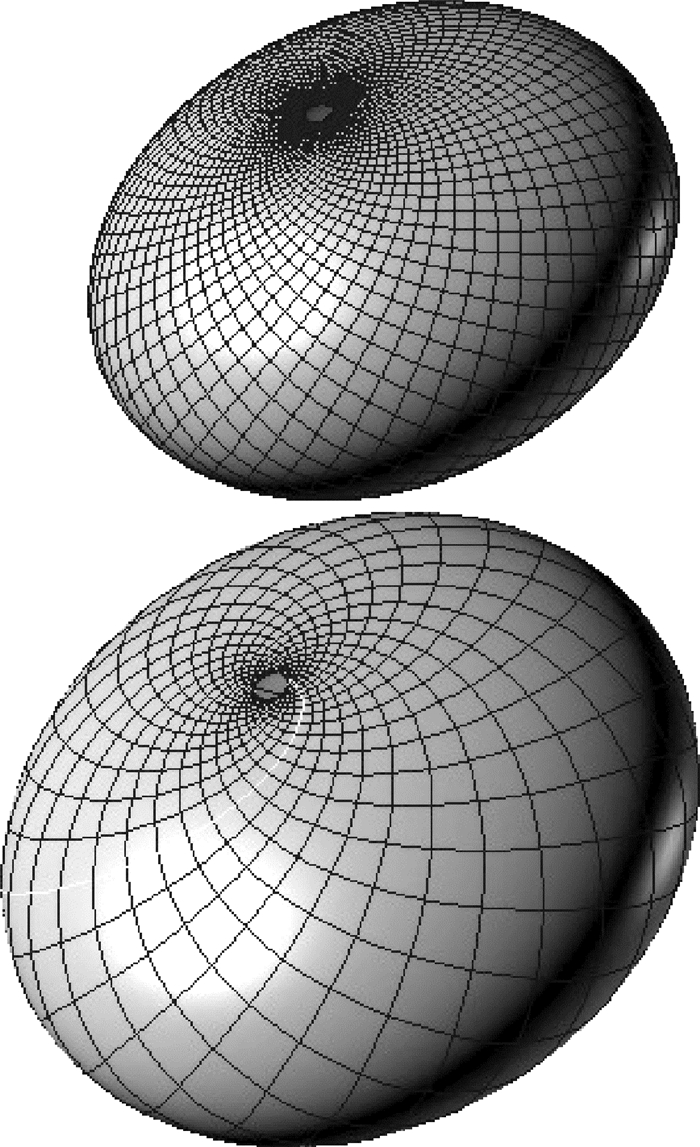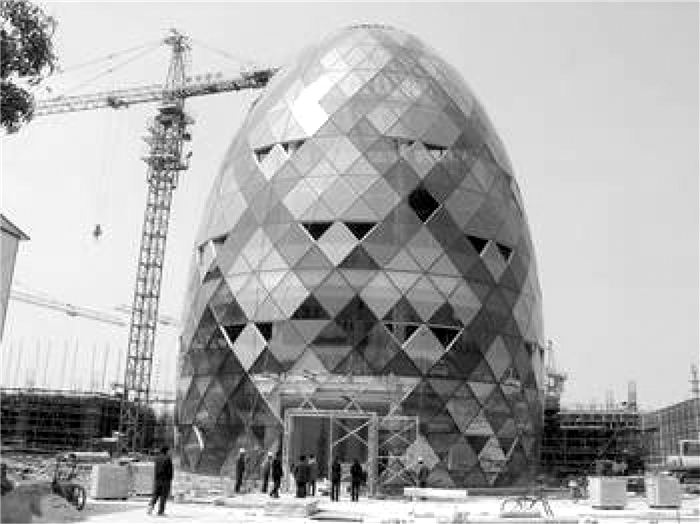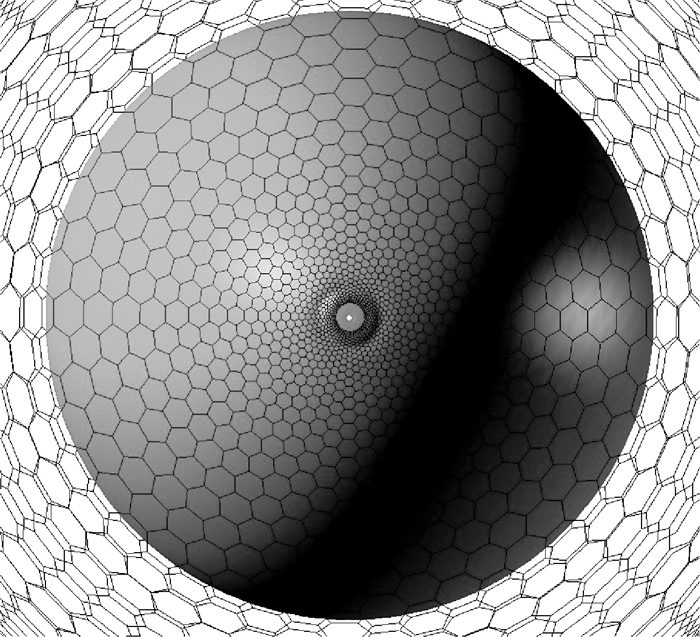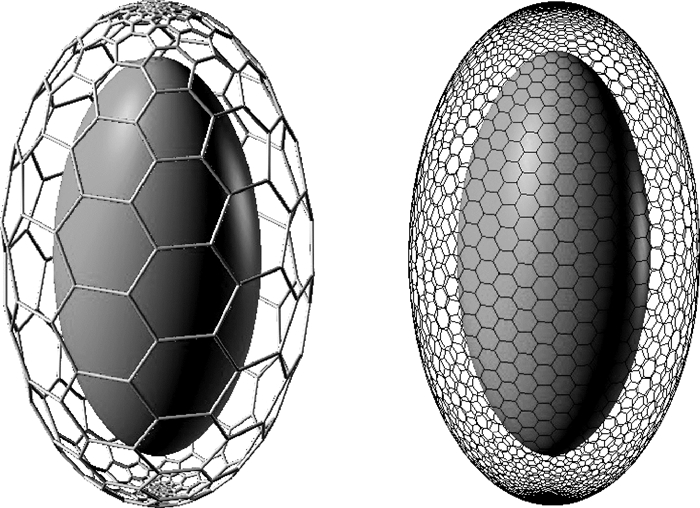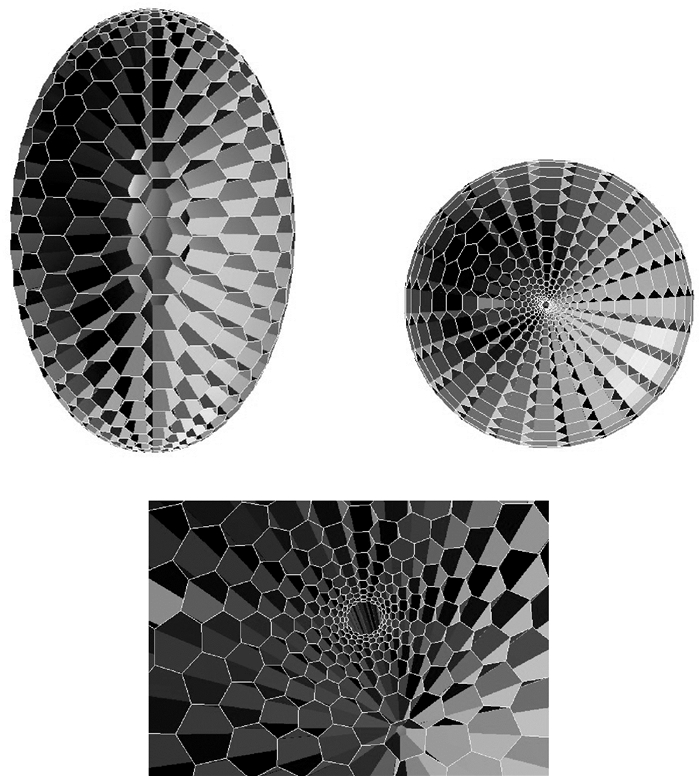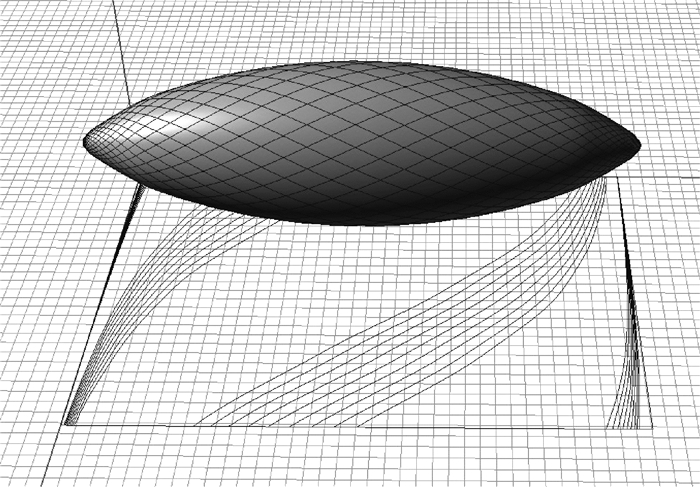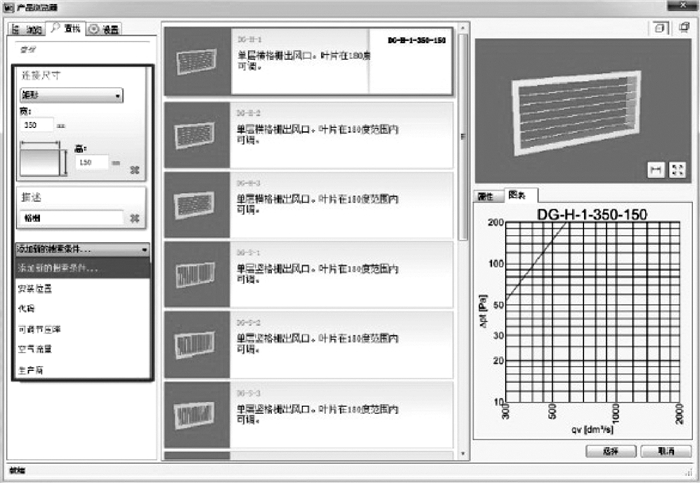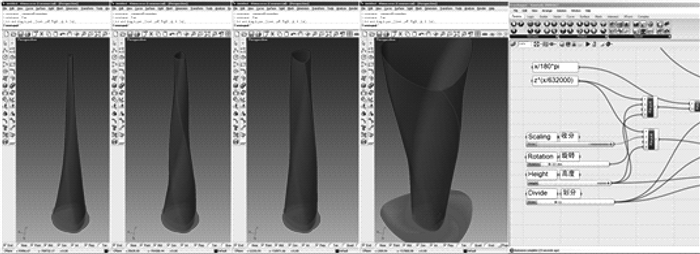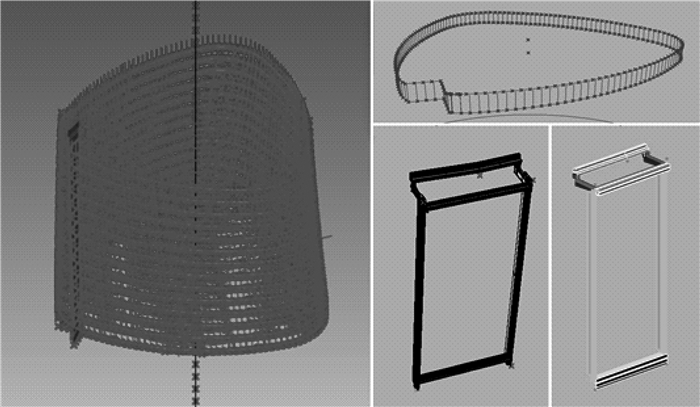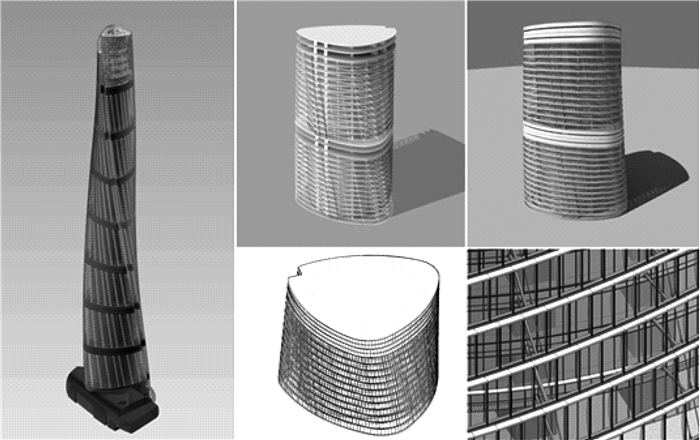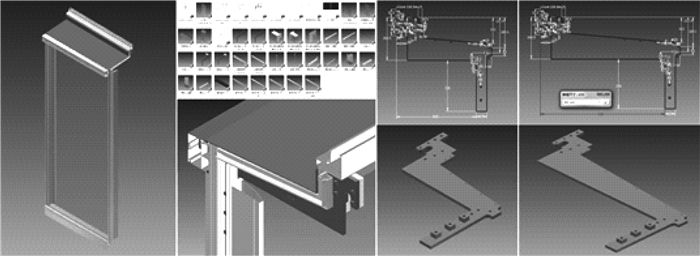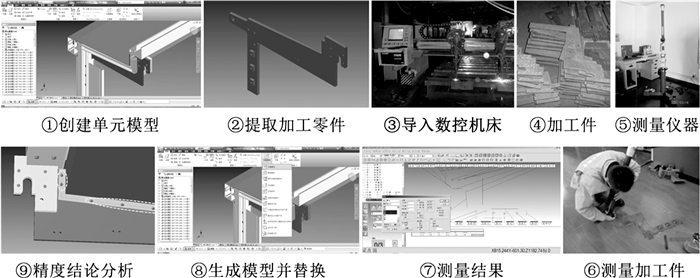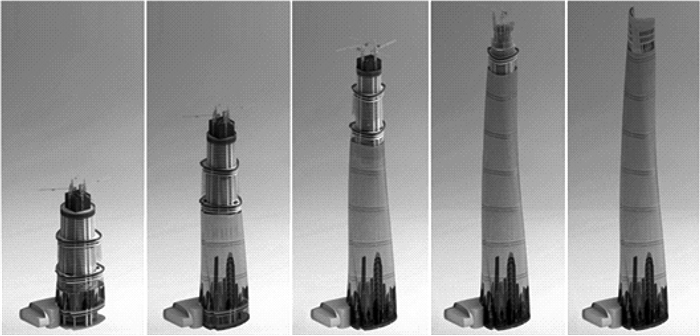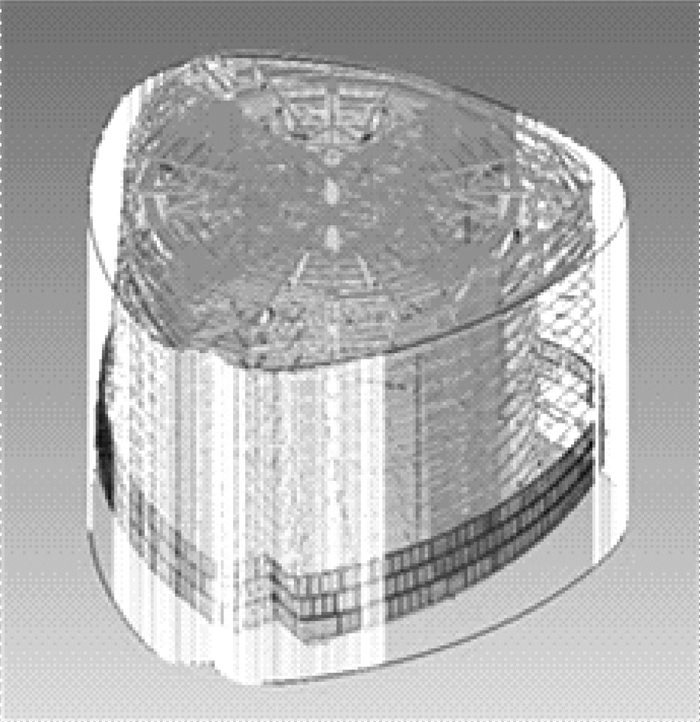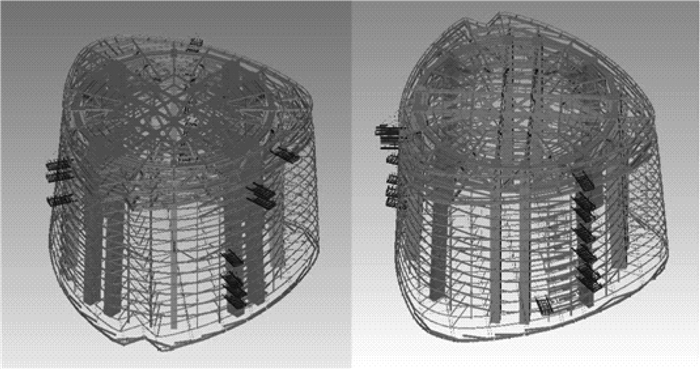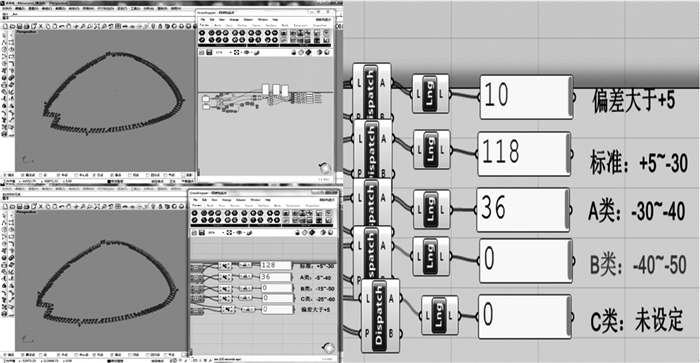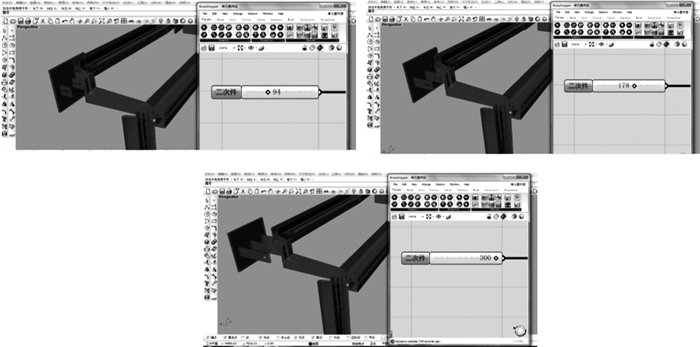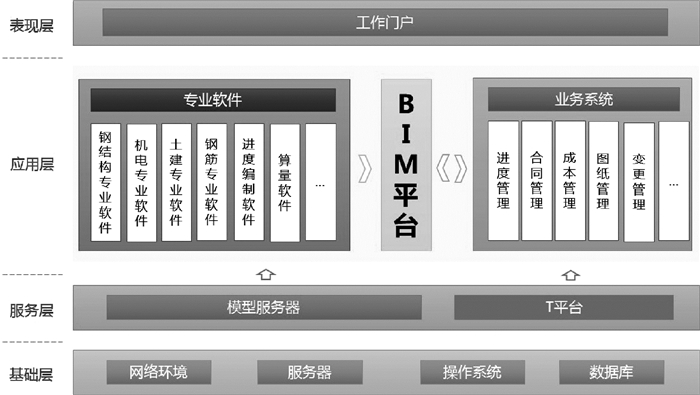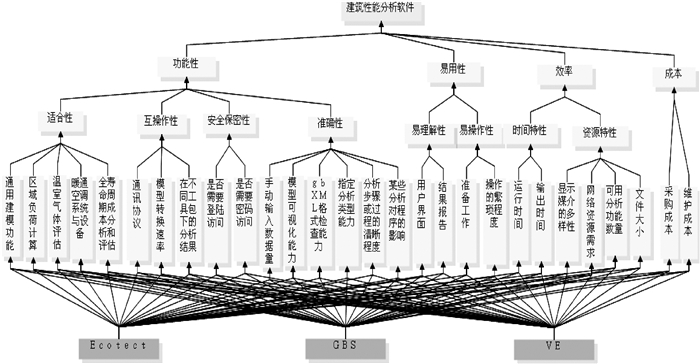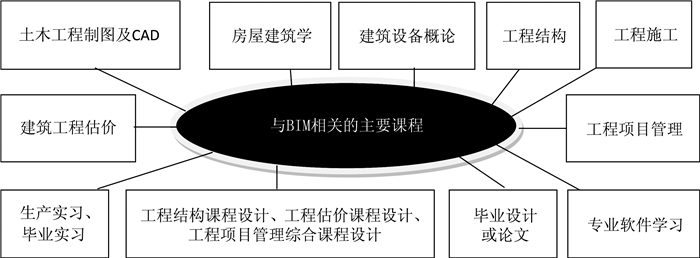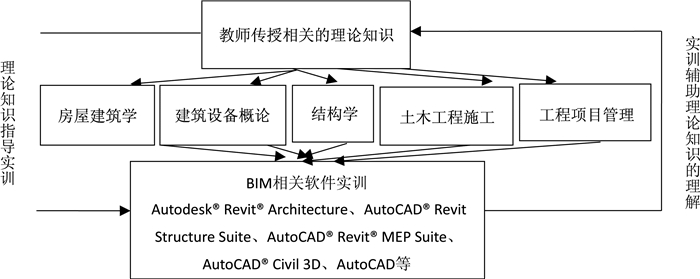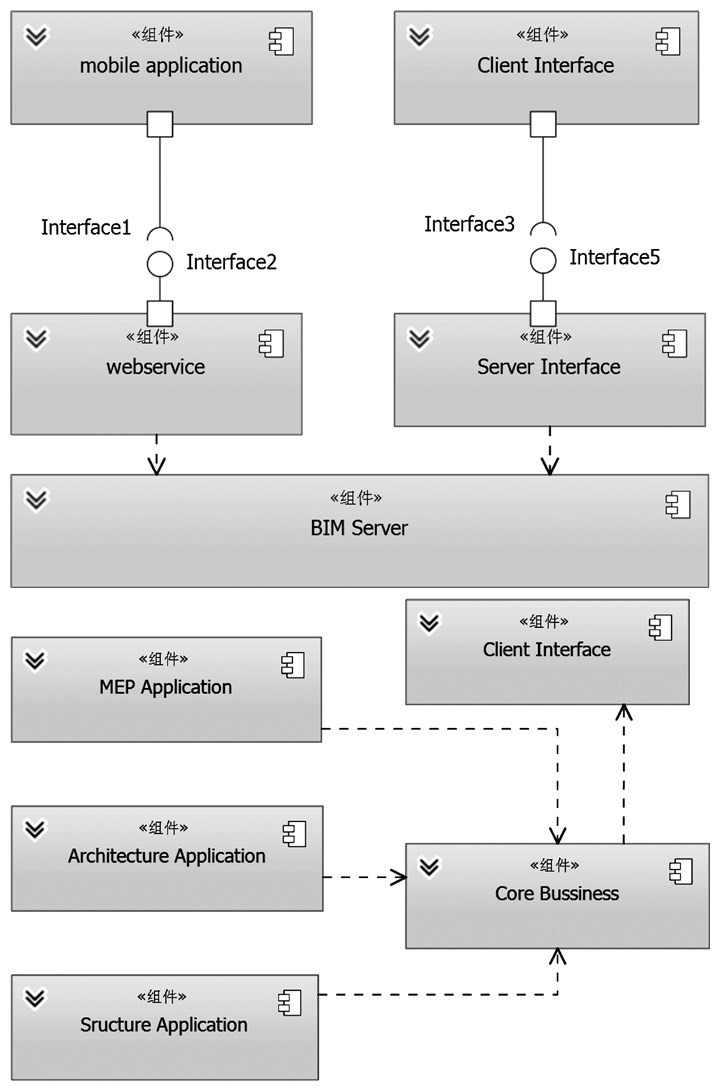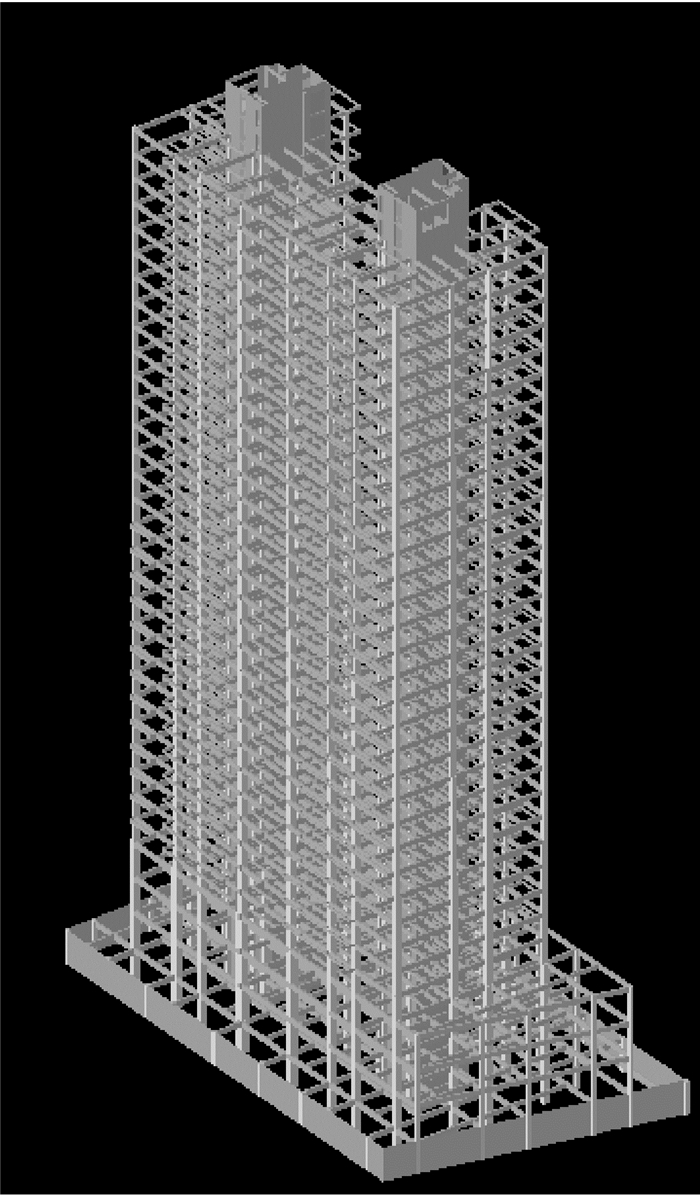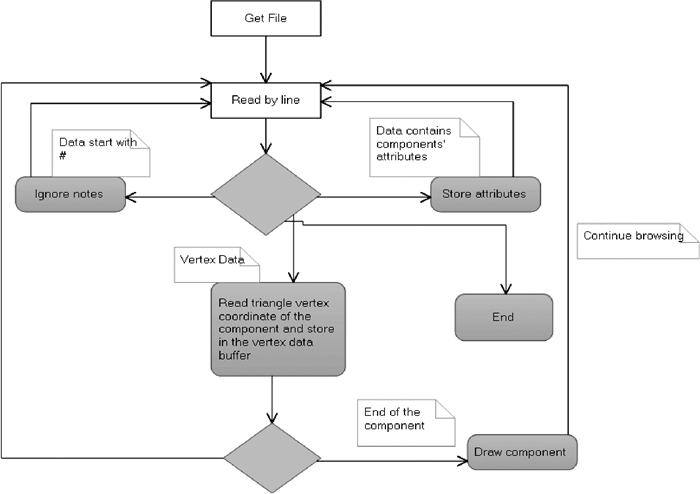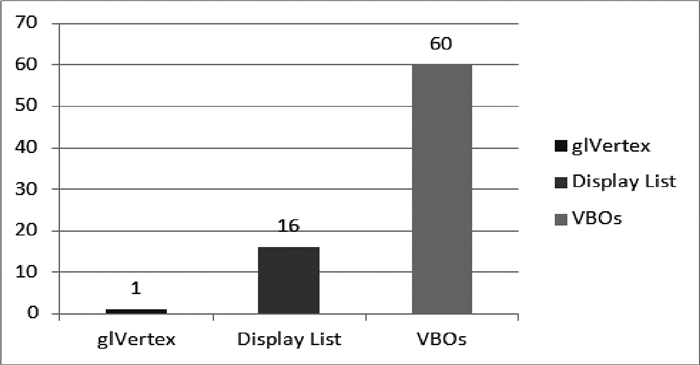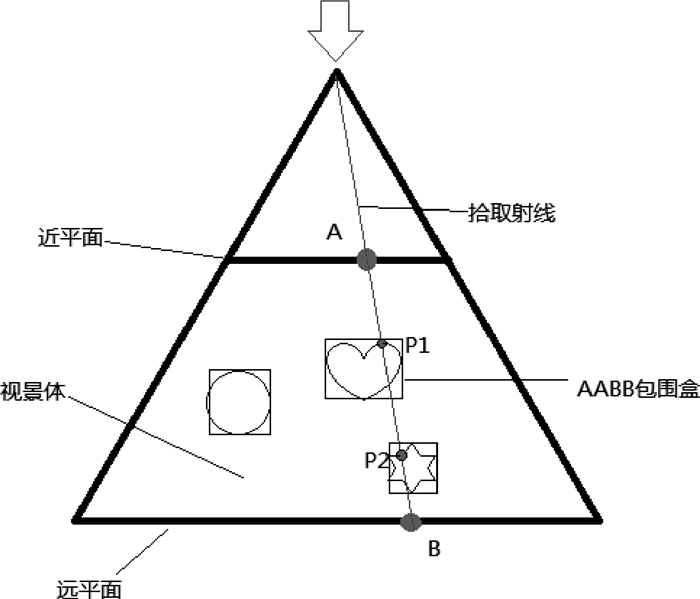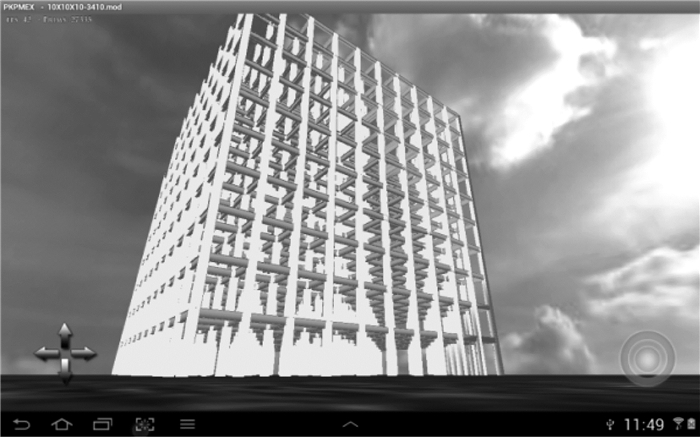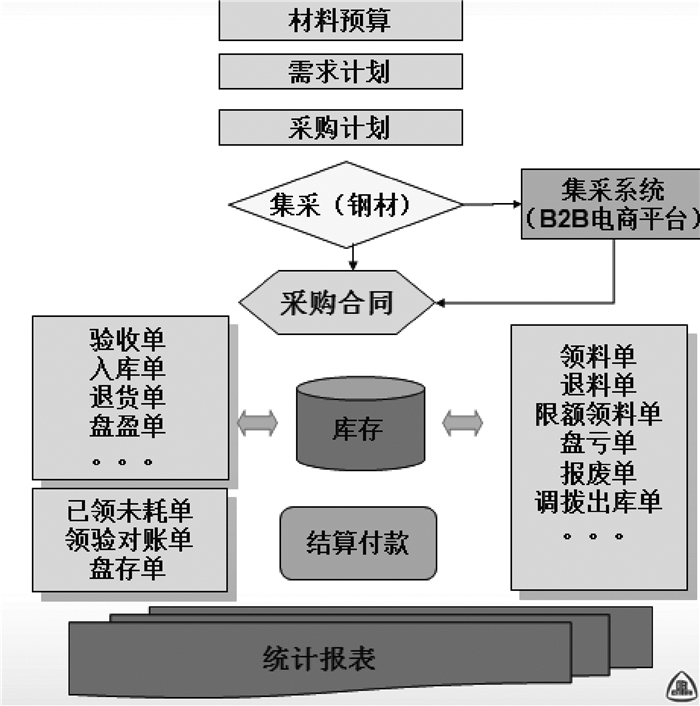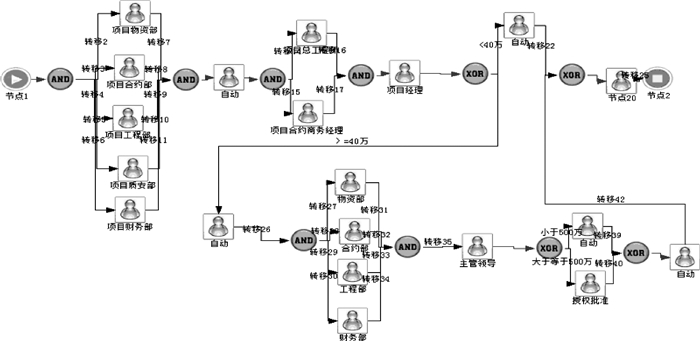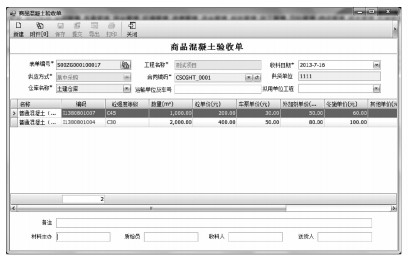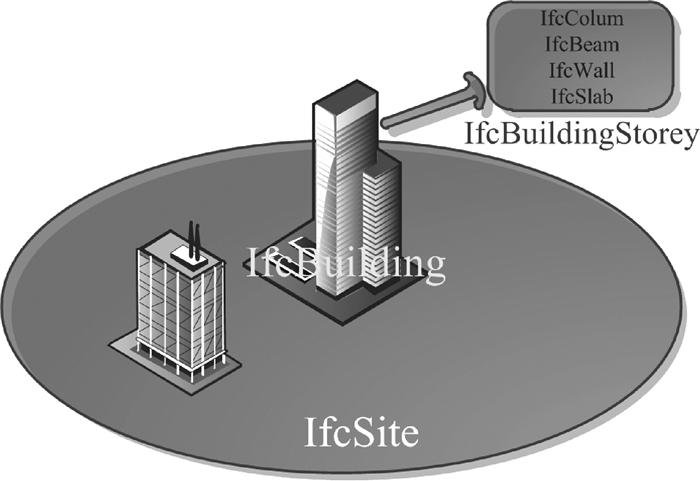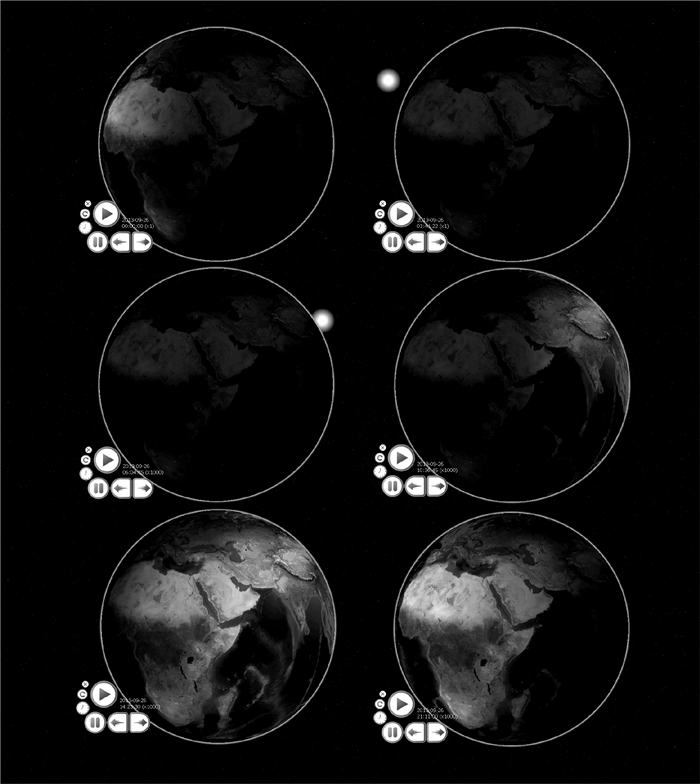Vol. 5, No 5, 2013
Display mode : |
2013, 5(5): 1-10.
Abstract:
BIM implementation can not exist without BIM software.The applications of BIM rely on the function of BIM software, but not all the function of BIM software can meet the needs of BIM application.It is constrained by hardware environment, software technology, interactive interface, data format and other aspects.This paper is going to explore the appropriate approach for BIM implementation in current computer hardware and software conditions.
BIM implementation can not exist without BIM software.The applications of BIM rely on the function of BIM software, but not all the function of BIM software can meet the needs of BIM application.It is constrained by hardware environment, software technology, interactive interface, data format and other aspects.This paper is going to explore the appropriate approach for BIM implementation in current computer hardware and software conditions.
2013, 5(5): 5-49.
Abstract:
According to the cases, the influence law of coupling beam's damage to the double earthquake fortification lines of frame-core wall system and its seismic performance is discussed.The results show that the coupling beam's damage is a major factor in reducing seismic forces, and the external columns are difficult to give full play to the seismic capacity before and after the core wall's severe damage.In the double earthquake fortification lines' design work, more attention should be paid on the core wall's double earthquake fortification lines, thus, it can make up the deficiency of outer frame.
According to the cases, the influence law of coupling beam's damage to the double earthquake fortification lines of frame-core wall system and its seismic performance is discussed.The results show that the coupling beam's damage is a major factor in reducing seismic forces, and the external columns are difficult to give full play to the seismic capacity before and after the core wall's severe damage.In the double earthquake fortification lines' design work, more attention should be paid on the core wall's double earthquake fortification lines, thus, it can make up the deficiency of outer frame.
2013, 5(5): 11-19.
Abstract:
From PC to server, from Internet to the Wifi, the future portable terminal installations and other kinds of applications have already expressed the huge potential.In the design field, people need some effective methods to combine the traditional design patterns and the digital technology.A design revolution based on the mobile Internet is extremely urgent.Under this background, this paper summarizes the whole process of design of handheld terminals and Cloud Application of BIM; proposes the solutions and analysis; hopefully opens a new way for readers to design in the digital aera.
From PC to server, from Internet to the Wifi, the future portable terminal installations and other kinds of applications have already expressed the huge potential.In the design field, people need some effective methods to combine the traditional design patterns and the digital technology.A design revolution based on the mobile Internet is extremely urgent.Under this background, this paper summarizes the whole process of design of handheld terminals and Cloud Application of BIM; proposes the solutions and analysis; hopefully opens a new way for readers to design in the digital aera.
2013, 5(5): 20-25.
Abstract:
BIM is the abbreviation for Building Information Modeling.It is the latest industry transformation from the architectural CAD technology based on two-dimensional expression of points, lines, and planes to the new technology represented with object-based three-dimensional shape and attribute information.The research on BIM technology is becoming the most attractive area on the application of information technology in Architecture, Engineering and Construction (AEC) industry around the world.This paper describes the relationship among CAD, BIM and collaboration in AEC industry.It is proposed that the goal, core, and foundation of BIM technology are three key issues which require a deep understanding and cannot be avoided for the BIM research and application.The relevant work carried out by the BIM research team of Shanghai Jiao Tong University is further introduced.Finally several problems and outlook on the current research and application of BIM are summarized.
BIM is the abbreviation for Building Information Modeling.It is the latest industry transformation from the architectural CAD technology based on two-dimensional expression of points, lines, and planes to the new technology represented with object-based three-dimensional shape and attribute information.The research on BIM technology is becoming the most attractive area on the application of information technology in Architecture, Engineering and Construction (AEC) industry around the world.This paper describes the relationship among CAD, BIM and collaboration in AEC industry.It is proposed that the goal, core, and foundation of BIM technology are three key issues which require a deep understanding and cannot be avoided for the BIM research and application.The relevant work carried out by the BIM research team of Shanghai Jiao Tong University is further introduced.Finally several problems and outlook on the current research and application of BIM are summarized.
2013, 5(5): 26-33.
Abstract:
With the rapid development of China's economic construction, the project size, shape, and the level of construction technique have been on the rise. There are many problems with the traditional project management system under the new economic environment, and even affect the development of China's construction enterprises, so it has been the major concern for construction project management system reform.It bases on the basic principle of the project management system, and discusses the theory and characteristics of the project management, under the national conditions of China, combined with the present situation of project management of construction enterprises, taking BIM as the starting point for analysis of countermeasures, to expect that the construction enterprise's further development to provide some useful help.The author is engaged in the emerging BIM industry has experienced the process of this technology from scratch, five years witnessed the information age the value of BIM, this paper will take the BIM project manager's identity, the new technology into the construction project management analysis
With the rapid development of China's economic construction, the project size, shape, and the level of construction technique have been on the rise. There are many problems with the traditional project management system under the new economic environment, and even affect the development of China's construction enterprises, so it has been the major concern for construction project management system reform.It bases on the basic principle of the project management system, and discusses the theory and characteristics of the project management, under the national conditions of China, combined with the present situation of project management of construction enterprises, taking BIM as the starting point for analysis of countermeasures, to expect that the construction enterprise's further development to provide some useful help.The author is engaged in the emerging BIM industry has experienced the process of this technology from scratch, five years witnessed the information age the value of BIM, this paper will take the BIM project manager's identity, the new technology into the construction project management analysis
2013, 5(5): 34-39.
Abstract:
Construction industrialization is the very trend in the building industry of China.The deeply integration of informatization and industrialization is the inevitable course of transformation and upgrading of the construction industry.Based on this, from the perspective of supply chain optimization management, we integrated all the project members into a unified platform.On this unified platform, the core elements of key link work collaboratively is established on the basis of the BIMmodel.This platform is a digital lean construction platform to integrate virtual construction technology, internet of things technology, cloud services technology, remote monitoring technology and high-end aided engineering equipment.On the platform, the whole construction project is under the control of the supply chain management and achieve optimal project of business process, shortest cycle, lowest cost, minimum inventory, faster cash flow, enterprise value maximization.Based on the actual case, the achievements of the prefabricated digital lean build platform based on supply chain were showed, and the developments of the platform for the future were discussed.
Construction industrialization is the very trend in the building industry of China.The deeply integration of informatization and industrialization is the inevitable course of transformation and upgrading of the construction industry.Based on this, from the perspective of supply chain optimization management, we integrated all the project members into a unified platform.On this unified platform, the core elements of key link work collaboratively is established on the basis of the BIMmodel.This platform is a digital lean construction platform to integrate virtual construction technology, internet of things technology, cloud services technology, remote monitoring technology and high-end aided engineering equipment.On the platform, the whole construction project is under the control of the supply chain management and achieve optimal project of business process, shortest cycle, lowest cost, minimum inventory, faster cash flow, enterprise value maximization.Based on the actual case, the achievements of the prefabricated digital lean build platform based on supply chain were showed, and the developments of the platform for the future were discussed.
2013, 5(5): 40-44, 62.
Abstract:
In recent years, with the rapid development of internet of things(IoT), which has a wide range of applications in intelligent buildings.However, the depth application in the construction site management is few.This article first reviewed the present situation of IoT and its application in the construction phase, then elaborated the construction site management requirements and specific Internet of things technology construction plan practice, based on our company's new office building project.Finally look forward to the future of the fusion of the Internet of things and BIM.
In recent years, with the rapid development of internet of things(IoT), which has a wide range of applications in intelligent buildings.However, the depth application in the construction site management is few.This article first reviewed the present situation of IoT and its application in the construction phase, then elaborated the construction site management requirements and specific Internet of things technology construction plan practice, based on our company's new office building project.Finally look forward to the future of the fusion of the Internet of things and BIM.
2013, 5(5): 50-56.
Abstract:
Based on the finite element model and incomplete measured model data, a damage identif ication method is presented.The damage identification procedure to the menber structures are sovled by using the Levenberg-Marquardt nonlinear least squares procedure.The results of the calculation of the arch bridge indicate that the localization and quant ification of the structural damage can be determined simultaneously and the procedure presented shows good performance even in the case of incomplete measurements and limited noise.
Based on the finite element model and incomplete measured model data, a damage identif ication method is presented.The damage identification procedure to the menber structures are sovled by using the Levenberg-Marquardt nonlinear least squares procedure.The results of the calculation of the arch bridge indicate that the localization and quant ification of the structural damage can be determined simultaneously and the procedure presented shows good performance even in the case of incomplete measurements and limited noise.
2013, 5(5): 57-62.
Abstract:
The purpose of establishing safety index system is to evaluate the quality of architectural engineering & construction throughout building lifecyle management and faciliate the safety management in construction enginerring industry.Through the comprehensive research of quality evaluation of Shanghai AEC projects, the auther created the safety index system based on three levels of data including the index, the factor, and the coefficient to define the safety level of building engineering.Based on the theory, the calculation model of safety index is built.Furthermore, the safety index system of construction engineering industry is demonstrated to be a ideal tool to define and compare the building quality quantitatively and dynamicly.By studying key data, the internal factors of safety variation can be discovered and imporved, hence the project management can be upgrated onto a controllable and quantitative level.
The purpose of establishing safety index system is to evaluate the quality of architectural engineering & construction throughout building lifecyle management and faciliate the safety management in construction enginerring industry.Through the comprehensive research of quality evaluation of Shanghai AEC projects, the auther created the safety index system based on three levels of data including the index, the factor, and the coefficient to define the safety level of building engineering.Based on the theory, the calculation model of safety index is built.Furthermore, the safety index system of construction engineering industry is demonstrated to be a ideal tool to define and compare the building quality quantitatively and dynamicly.By studying key data, the internal factors of safety variation can be discovered and imporved, hence the project management can be upgrated onto a controllable and quantitative level.
2013, 5(5): 63-70, 74.
Abstract:
With the deepening application of digital technology on architectural design, many buildings using techniques of classical and free curved surfaces appear at home and abroad.As an important classical surface, the ellipsoidal surface can be used more widely than the spherical surface.However, the practical engineering employs more spherical surfaces in the geometric modeling.Discussions about how to mesh the ellipsoidal surface elegantly are rarely seen in domestic literatures, for geometric calculation and analysis of ellipsoidal surfaces are relatively complicated.Besides, it is difficult to solve the differential equation of inclined path of the ellipsoidal surface.This paper adopts the viewpoint of the intrinsic geometry to establish and solve three different differential equations of inclined path of the ellipsoidal surface.Then the analytical solution, the series solution and the numerical solution are obtained.The conformal correspond of the rotational ellipsoid and the plane is discussed and the equidistant-surface equations are presented.Using the method of NURBS and the Rhinoceros-Platform, the process is presented in three-dimensional view through specific examples.
With the deepening application of digital technology on architectural design, many buildings using techniques of classical and free curved surfaces appear at home and abroad.As an important classical surface, the ellipsoidal surface can be used more widely than the spherical surface.However, the practical engineering employs more spherical surfaces in the geometric modeling.Discussions about how to mesh the ellipsoidal surface elegantly are rarely seen in domestic literatures, for geometric calculation and analysis of ellipsoidal surfaces are relatively complicated.Besides, it is difficult to solve the differential equation of inclined path of the ellipsoidal surface.This paper adopts the viewpoint of the intrinsic geometry to establish and solve three different differential equations of inclined path of the ellipsoidal surface.Then the analytical solution, the series solution and the numerical solution are obtained.The conformal correspond of the rotational ellipsoid and the plane is discussed and the equidistant-surface equations are presented.Using the method of NURBS and the Rhinoceros-Platform, the process is presented in three-dimensional view through specific examples.
2013, 5(5): 71-74.
Abstract:
From the perspective of BIM technology, HVAC design software in the existing market was analyzed comparatively.From the point of interoperability, in order to enhance the professional collaboration, information exchange format developed from the geometric information exchange into a particular purpose or even the whole professional information exchange.Facing the environmental and energy issues, HVAC design software integrated with building performance simulation software includes energy efficiency software to solutions it comprehensively.And make simulation integrated into design.Compare design processes, the combination of information exchange and design process is crucial.At last, Product library need to be standardized and parametric.
From the perspective of BIM technology, HVAC design software in the existing market was analyzed comparatively.From the point of interoperability, in order to enhance the professional collaboration, information exchange format developed from the geometric information exchange into a particular purpose or even the whole professional information exchange.Facing the environmental and energy issues, HVAC design software integrated with building performance simulation software includes energy efficiency software to solutions it comprehensively.And make simulation integrated into design.Compare design processes, the combination of information exchange and design process is crucial.At last, Product library need to be standardized and parametric.
2013, 5(5): 75-78.
Abstract:
After several years' practice and popularization, most people understand that BIM is only a tool but not the goal.While it's hard to adopt BIM successfully by single person, it needs top down strategic planning.The question is in which way the engineering firms could implement BIM successfully? This paper provides an answer called "Project type BIM group" after analyzing couple existing popular way such as "BIM type BIM group", "Junior employee leading BIM" and "Everyone BIM".
After several years' practice and popularization, most people understand that BIM is only a tool but not the goal.While it's hard to adopt BIM successfully by single person, it needs top down strategic planning.The question is in which way the engineering firms could implement BIM successfully? This paper provides an answer called "Project type BIM group" after analyzing couple existing popular way such as "BIM type BIM group", "Junior employee leading BIM" and "Everyone BIM".
2013, 5(5): 79-87,97.
Abstract:
Shanghai Tower is gradually showing elegant appearance. As driving force of Shanghai Tower, BIM creates an excellent curtain wall project with innovative ideas, from scheme design to construction, and from information collection to project management. This paper focuses on BIM application in Shanghai Tower in design, fabrication and construction to show the value in the field of curtain wall.
Shanghai Tower is gradually showing elegant appearance. As driving force of Shanghai Tower, BIM creates an excellent curtain wall project with innovative ideas, from scheme design to construction, and from information collection to project management. This paper focuses on BIM application in Shanghai Tower in design, fabrication and construction to show the value in the field of curtain wall.
2013, 5(5): 88-91.
Abstract:
Through years of development, BIM technology has been more and more widely used in the domestic construction industry.However, BIM in construction stage are currently focused on Single-point applications such as clash detection, construction simulation, quantity surveying and so on.The application of BIM for construction project management still has a long way to go.This paper analyzes the shortage of current applications of BIM technology and traditional project management systems in the construction general contracting project management, and presents a system framework for BIM-based project management.The benefits that BIM will bring to the construction general contracting project management are investigated.
Through years of development, BIM technology has been more and more widely used in the domestic construction industry.However, BIM in construction stage are currently focused on Single-point applications such as clash detection, construction simulation, quantity surveying and so on.The application of BIM for construction project management still has a long way to go.This paper analyzes the shortage of current applications of BIM technology and traditional project management systems in the construction general contracting project management, and presents a system framework for BIM-based project management.The benefits that BIM will bring to the construction general contracting project management are investigated.
2013, 5(5): 92-97.
Abstract:
Now how to correctly choose many different kinds of building performance analysis software is a hotspot of the research.This paper summaried them at present, combined the common problems in the research of software evaluation method and used the analytic hierarchy process(AHP) and fuzzy mathematics method to evaluation standard of software use fuzzy processing.Through establishing evaluation system based on software of ISO/IEC9126, using the analytic hierarchy process(AHP) to determine the index weight, and fuzzy comprehensive analysis method is adopted to realize the selection of them.It provided a reference to select them for designers in the early design stage.
Now how to correctly choose many different kinds of building performance analysis software is a hotspot of the research.This paper summaried them at present, combined the common problems in the research of software evaluation method and used the analytic hierarchy process(AHP) and fuzzy mathematics method to evaluation standard of software use fuzzy processing.Through establishing evaluation system based on software of ISO/IEC9126, using the analytic hierarchy process(AHP) to determine the index weight, and fuzzy comprehensive analysis method is adopted to realize the selection of them.It provided a reference to select them for designers in the early design stage.
2013, 5(5): 98-101.
Abstract:
By analyzing the application status as well as the research and teaching of colleges and universities of BIM technologies at home and abroad, and combined with civil engineering professional talent training scheme and teaching conditions in our country, the author analyzed the feasibility of opening BIM practice teaching in normal colleges and universities.Based on all above, the author put forward proposals about teaching method, teaching content, teaching time and integration of teacher resources of BIM.
By analyzing the application status as well as the research and teaching of colleges and universities of BIM technologies at home and abroad, and combined with civil engineering professional talent training scheme and teaching conditions in our country, the author analyzed the feasibility of opening BIM practice teaching in normal colleges and universities.Based on all above, the author put forward proposals about teaching method, teaching content, teaching time and integration of teacher resources of BIM.
2013, 5(5): 102-106.
Abstract:
In the last decades, the mobile devices had an astonishing growth rate and the smart phones became more and more popular throughout the world, it is significant to introduce more mobile applications into AEC industry in order to build an efficient way of communicating between owners, designers, constructors and other persons.This paper presents a mobile application which is designed to view architecture model, structure model or MEP model in 3D format, view project information and documentation and send feedback in text, image, sound or video format.While the transmission speed of the large-scale 3D-models in a limited band width is the major problem to be solved to satisfy the practical application requirements.Based on the authors' studying and development practice, the solutions were obtained which are presented in this paper, such as user interaction, display optimization technology and cross-platform technology.
In the last decades, the mobile devices had an astonishing growth rate and the smart phones became more and more popular throughout the world, it is significant to introduce more mobile applications into AEC industry in order to build an efficient way of communicating between owners, designers, constructors and other persons.This paper presents a mobile application which is designed to view architecture model, structure model or MEP model in 3D format, view project information and documentation and send feedback in text, image, sound or video format.While the transmission speed of the large-scale 3D-models in a limited band width is the major problem to be solved to satisfy the practical application requirements.Based on the authors' studying and development practice, the solutions were obtained which are presented in this paper, such as user interaction, display optimization technology and cross-platform technology.
2013, 5(5): 107-109, 113.
Abstract:
Industry Fundamental Classes(IFC) standard is made for defining the building information model of the whole building life circle progress.It's a necessary but not sufficient condition.NBIMuses the use-case to define the data requirement of information exchange among different engineer work flows precisely.The exchange information in the workflow is defined by Exchange Models(EM), and the EM is formed by the Exchange Objects(EO).Before we define the exchange compile model view of the product model data for different BIMapplication tools, we must confirm the semantics scope of engineer, construction, products, and embed into EO, conforms the Semantics Exchange Object(SEO) for a more precise result.
Industry Fundamental Classes(IFC) standard is made for defining the building information model of the whole building life circle progress.It's a necessary but not sufficient condition.NBIMuses the use-case to define the data requirement of information exchange among different engineer work flows precisely.The exchange information in the workflow is defined by Exchange Models(EM), and the EM is formed by the Exchange Objects(EO).Before we define the exchange compile model view of the product model data for different BIMapplication tools, we must confirm the semantics scope of engineer, construction, products, and embed into EO, conforms the Semantics Exchange Object(SEO) for a more precise result.
2013, 5(5): 110-113.
Abstract:
PKPM corporate materials management system is mature and stable, it has been applied in many large construction enterprise.It is able to adapt to different construction enterprise management features.The system includes materials plan management, report management, billing management, basic information, Workflow and other functions.The system is based on PKPMEIS platform and CEMIS.NET business architecture development, flexible and stable, adaptable, easy-secondary development and integration of heterogeneous systems.For enterprises to reduce purchasing fees, prevent leaking, the backlog of waste, on shortening the construction period, accelerate the construction speed, to ensure project quality, reduce project costs are important.
PKPM corporate materials management system is mature and stable, it has been applied in many large construction enterprise.It is able to adapt to different construction enterprise management features.The system includes materials plan management, report management, billing management, basic information, Workflow and other functions.The system is based on PKPMEIS platform and CEMIS.NET business architecture development, flexible and stable, adaptable, easy-secondary development and integration of heterogeneous systems.For enterprises to reduce purchasing fees, prevent leaking, the backlog of waste, on shortening the construction period, accelerate the construction speed, to ensure project quality, reduce project costs are important.
2013, 5(5): 114-118.
Abstract:
As the basic unit of the digital city, digital architecture plays an important role in the process of city digitization.As the blood of digital city, BIM brings life to the digital city.This paper based on the WorldWind platform, combined with IFC digital building information model, described the technology roadmap of the combination of GIS and BIM, and accordingly explored applications in architectural programming and operation maintenance phase.
As the basic unit of the digital city, digital architecture plays an important role in the process of city digitization.As the blood of digital city, BIM brings life to the digital city.This paper based on the WorldWind platform, combined with IFC digital building information model, described the technology roadmap of the combination of GIS and BIM, and accordingly explored applications in architectural programming and operation maintenance phase.















